|
We can hike on a trail. Sometimes we use a map to show landmarks and where to go. During a hike you might see some animals with big feet, trees at the bottom of a mountain or shrubs near the top. The weather on a mountain can change quickly, so it is important to be safe and ready to find shelter. They created trails using counter blocks and drew a trail map.
Generally, any landform that rises above 1,000 fee is considered a mountain. Most mountains took millions of years to form. The highest point of a mountain is called the "summit" or the "peak." During this Invitation to Create, children used a triangle shape, cotton balls, festoon and pebbles to create their own mountains. This sensory-focused activity allowed children to explore and feel the textures they worked with. Liquids can change to solids and solids can change to liquids. Water freezes if it gets cold enough, then melts when it warms up. In the winter, the environment is cold and water freezes. Today's Invitation to Create, children explored dripping water onto their paper like icicles melting from a roof. They used eyedroppers and watercolors to create their own drip art. They investigated different ways water can drip onto and off their paper. Through this process, children used their critical thinking skills to discover how to move colored drips of water.
They were encouraged to draw a picture of themselves and add cotton balls for snow! They painted ice cubes with watercolors, and we put salt on the cubes once they were done painting, we set aside and watched the cubes slowly melt. They sorted uppercase and lowercase Ii's. An igloo is a shelter built out of snow blocks. Some people build igloos to protect themselves from the cold. Even if it is very cold outside, the inside of an igloo can be warmed to safe temperatures from body heat alone.
They used a paper plate, strips of paper, and COLD paint to create their own igloo! They used counting blocks to create igloos or whatever they wanted to build. In our fine motor journals, they traced a snowflake and wrote the word snowflake. The younger children (2 years old) sorted bears by color and played with pegs. Icicles are formed when dripping water freezes into a solid. The pattern of dripping and freezing water causes icicles to grow longer and longer over time. During this Invitation to Create, children decided if they would rather tear the foil or cut it with scissors. Children made choices with the materials to create their own interpretations of icicles.
They used stickers to form the letter I. For their name they used a pipe cleaner to string lights! I placed the light bulbs on the table and they were encouraged to find all the letters in their name. Normally, the kids that can cut would have cut out the bulbs but I had some left over from last year that were already cut! During circle time, they took turns matching letters and beginning sounds to build a snowman. I placed clear straws and sparkly pipe cleaners for them to explore sliding pipe cleaners into straws and sorting by size. We can pack snow together to make art. Snowballs can be stacked to make a snowman and we can dress them up in different ways to look like people or animals. Snowballs are rolled on the ground to create a sphere shape. They built a snowman today to and counted the number of circles they would need for their name, plus one extra for the head.
They used lids to trace circles and made a snowman in their journals. They colored the letter I worksheet and added foil to make ice chunks or icicles. They played with play dough. They were encouraged to start with making a small, medium and large circle to build a snowman and then could make whatever they wanted. They used cookie cutters, rolling pins and scissors. Lastly, they used cubes to measure snowmen. Lots of counting and making patterns! They were encouraged to write upper case I's in their journals. We drew reindeer and antlers; I showed them how the antlers have similar lines as an I.
The younger kiddos colored and put stickers in their journals. Their journals are a fun way to get their little hands moving! They played in winter sensory bin and put they are loving the puzzles! Rain forms in all sorts of clouds, but snow only forms in really cold ones. In extremely cold temperatures, air turns to ice in clouds; how the ice bounces around in the cloud determines if snow falls as little pebbles of ice or as snowflakes. A snowflake has 6 sides and each is unique.
For math, they took turns spinning the spinner and adding or subtracting cubes each turn. The goal was to cover the entire "crystal" with cubes. They were encouraged to color the popsicle sticks and then create their own snowflake design. They topped it off with some glitter! For their name, I wrote their name and they traced with glue and added glitter. Parents, get ready for a lot of glitter this month! They practiced drawing snowflakes in their journals and encouraged to write the word snowflake. They also cut wrapping paper and glued into their journals. We are beginning a new theme, Ice Castle. The science of ice and snow provides an abundance of opportunities to teach math and science to young children. Water has three states of matter; liquid, gas and solid. Children are invited to count, measure, read and wonder: How are ice and snow made? What can we do with snow? How do animals and people stay safe and warm in cold temperatures?
I have created a new sensory bin using, colored chick peas, snowflakes, icicles, ice cubes, pom poms and of course I sprinkled in some letters for literacy! |
Archives
May 2024
Categories |

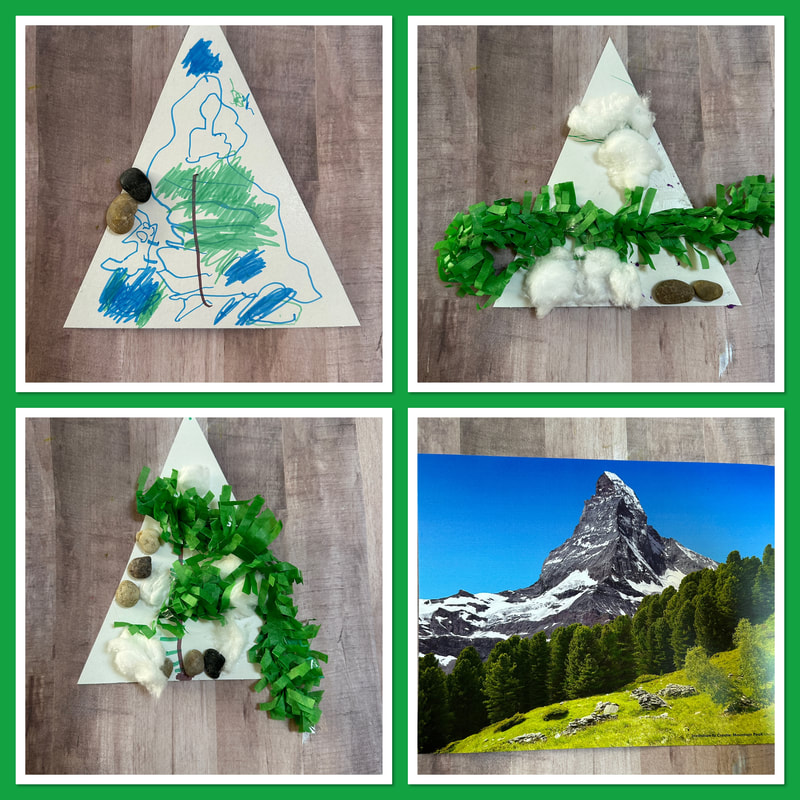
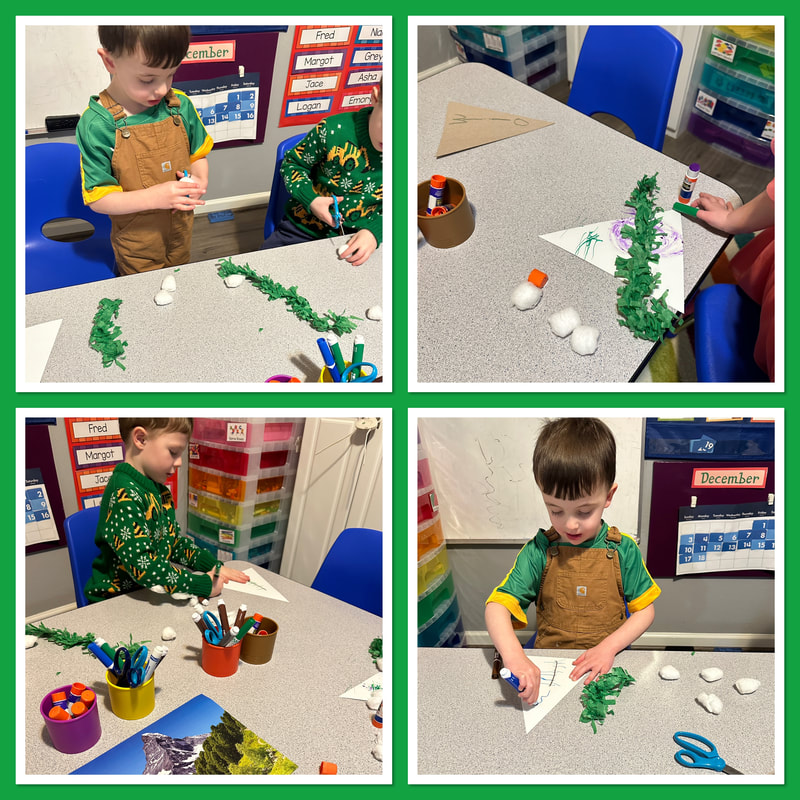
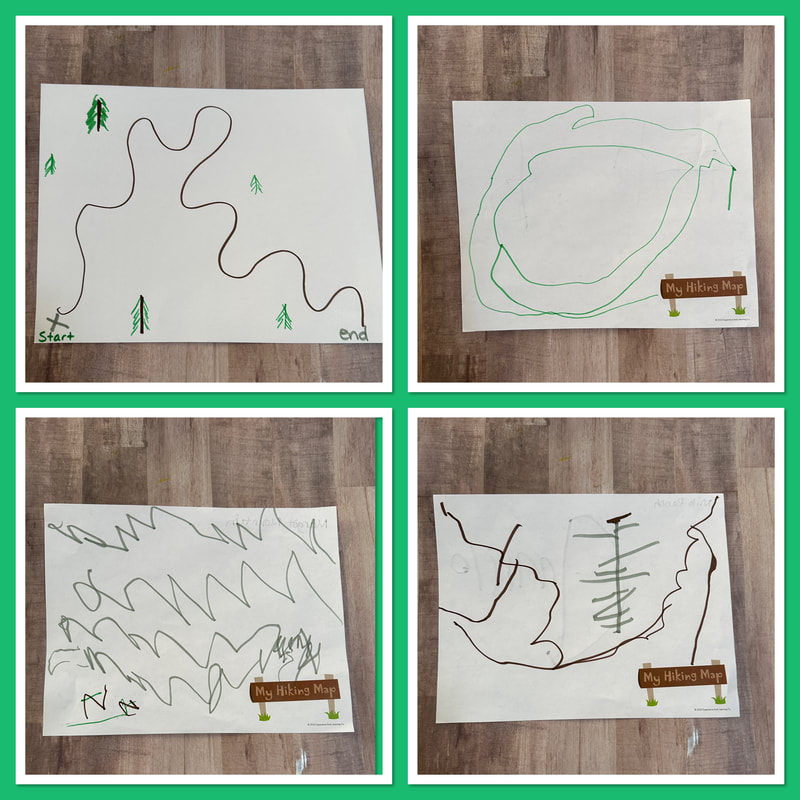
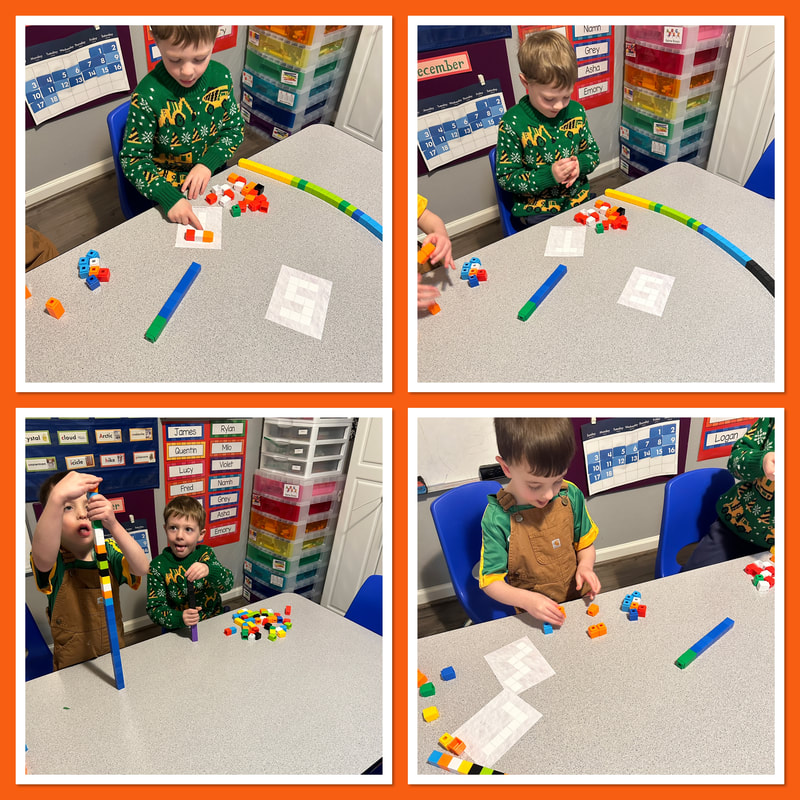
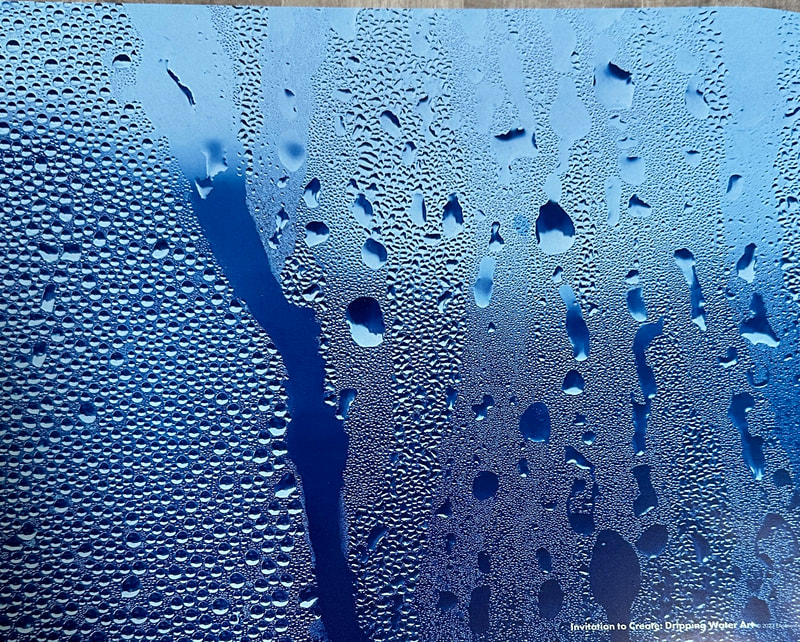
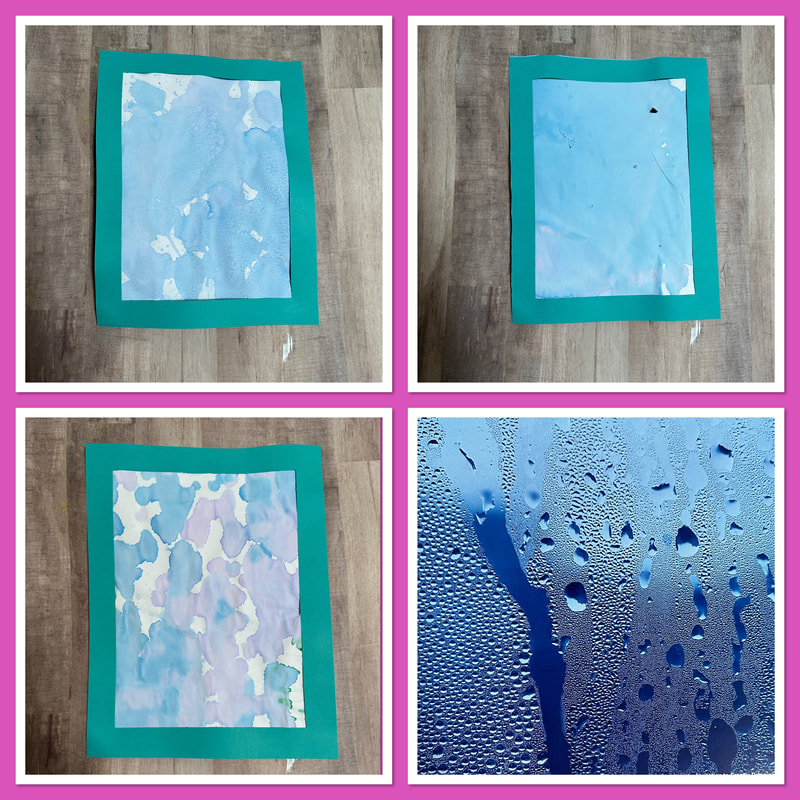
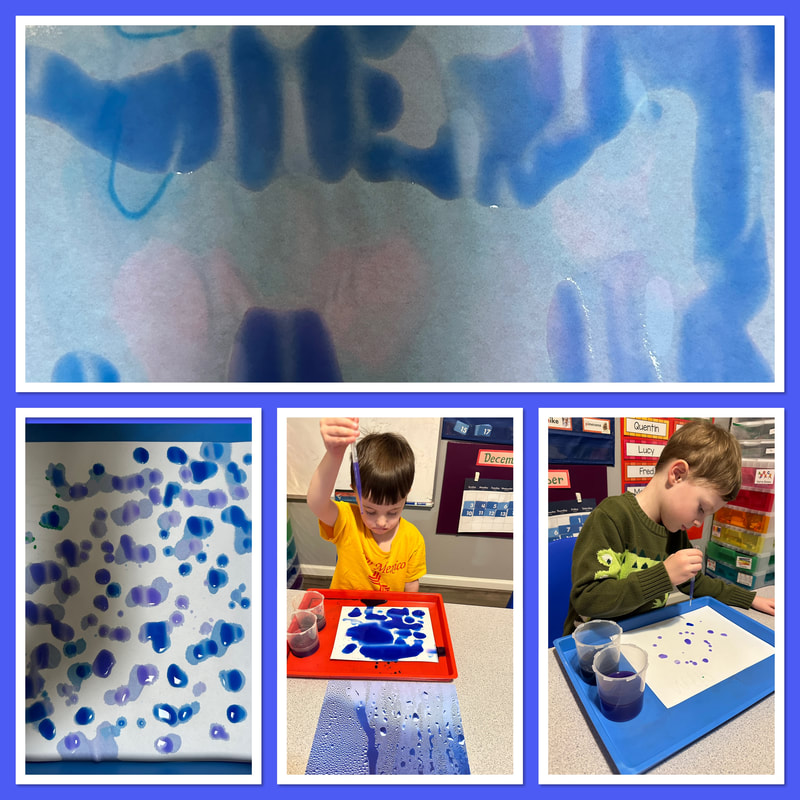
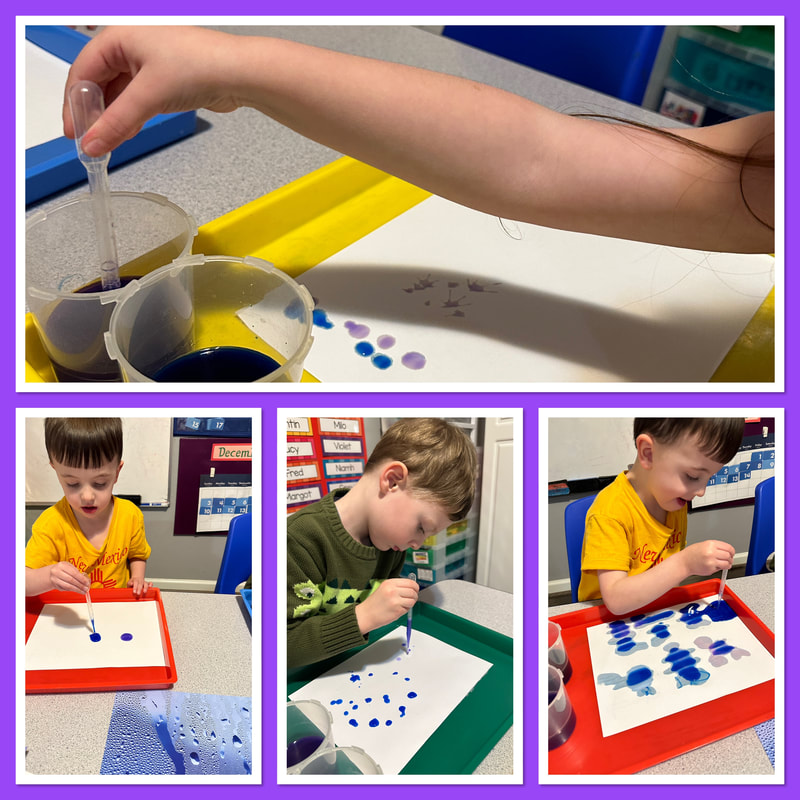
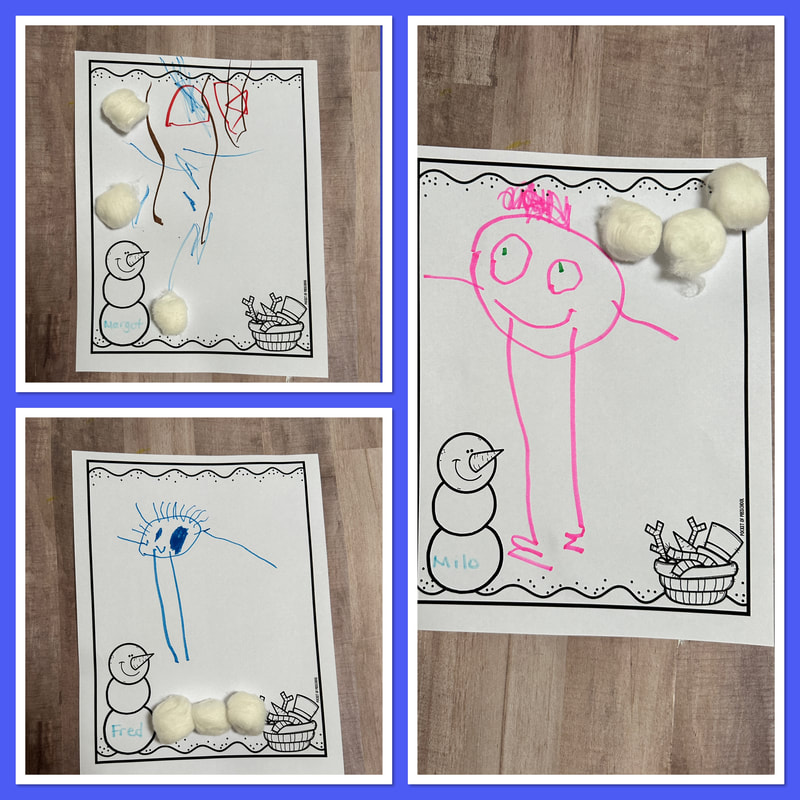
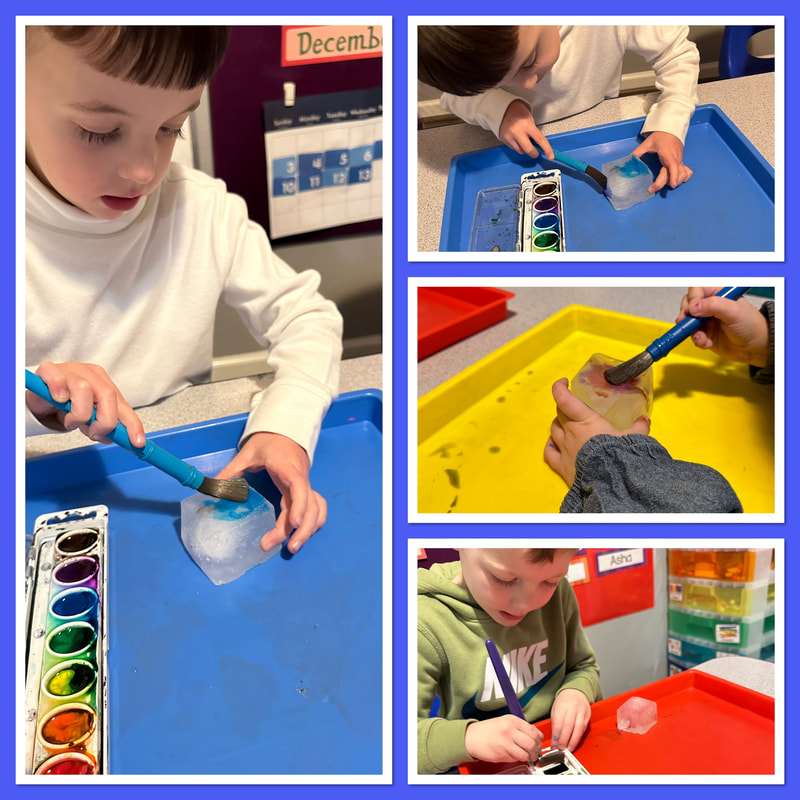
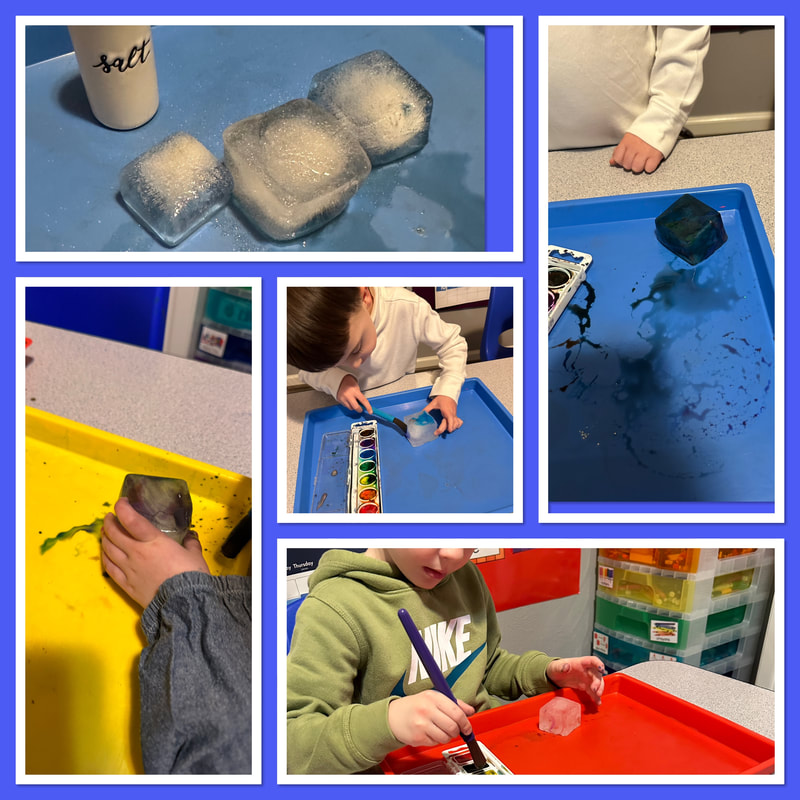
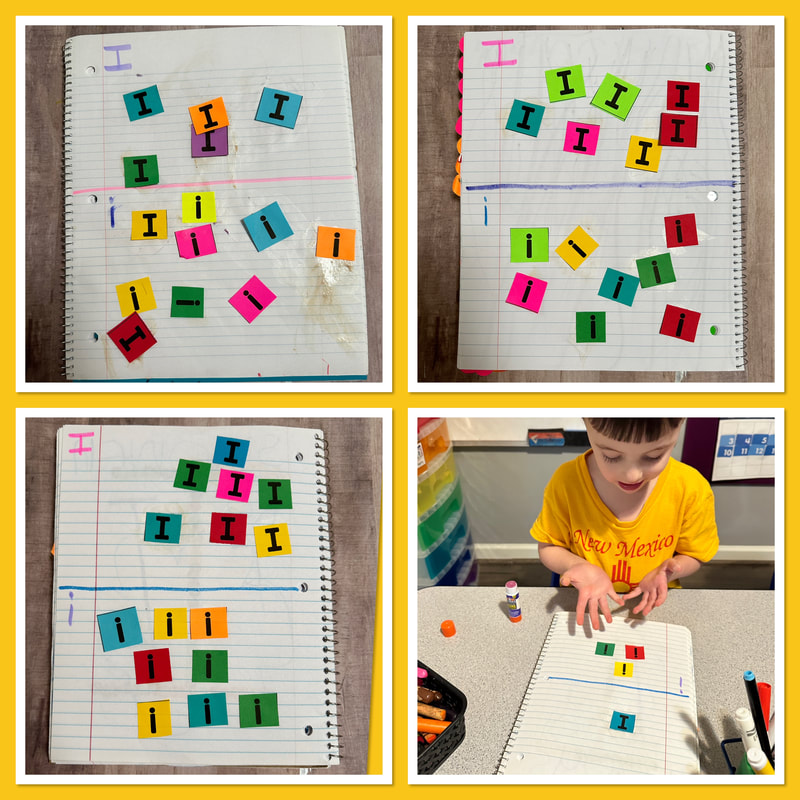
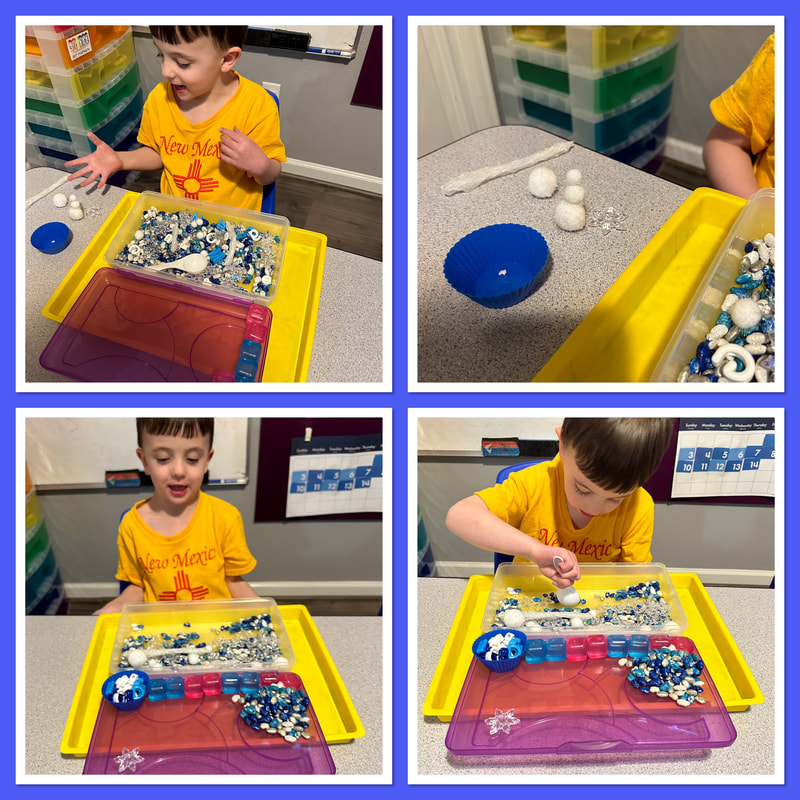
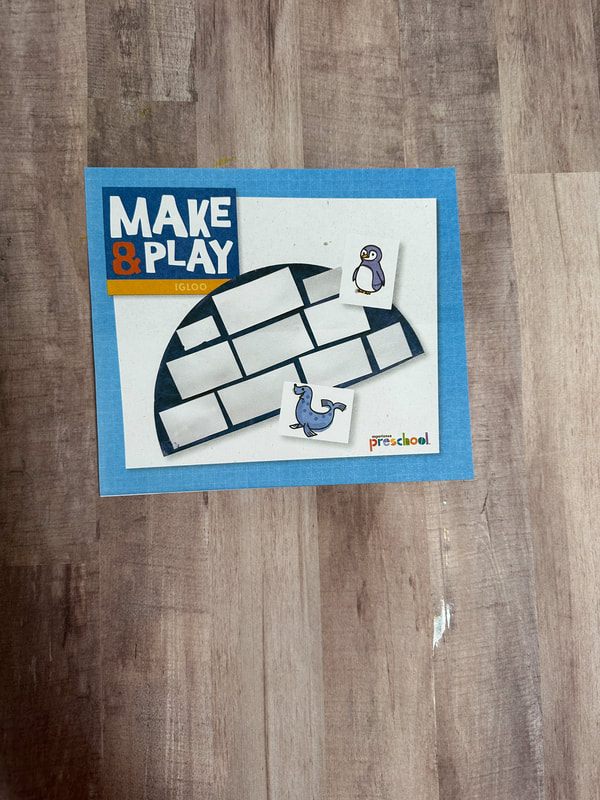
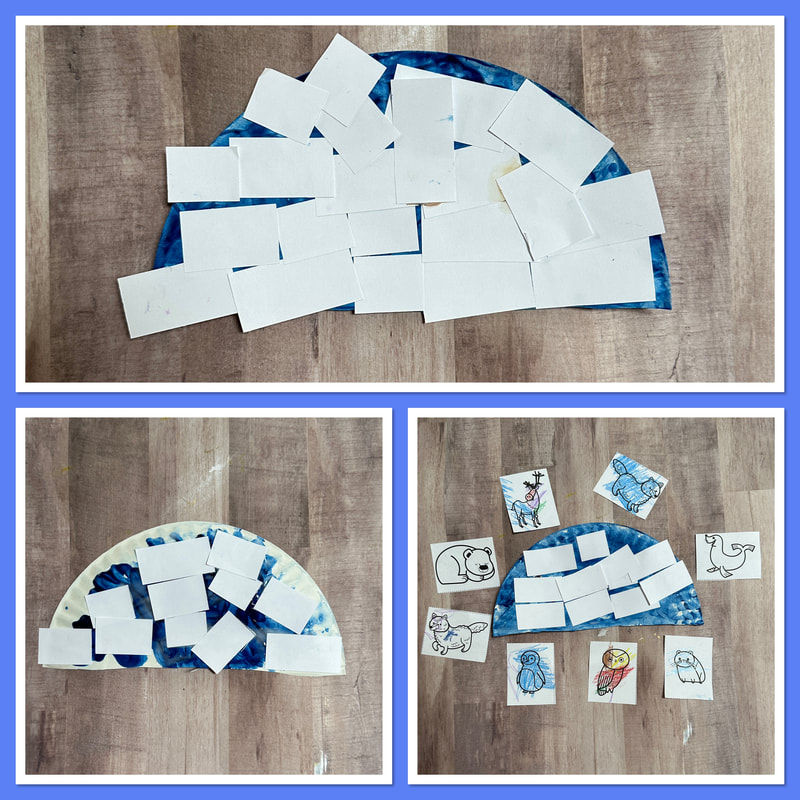
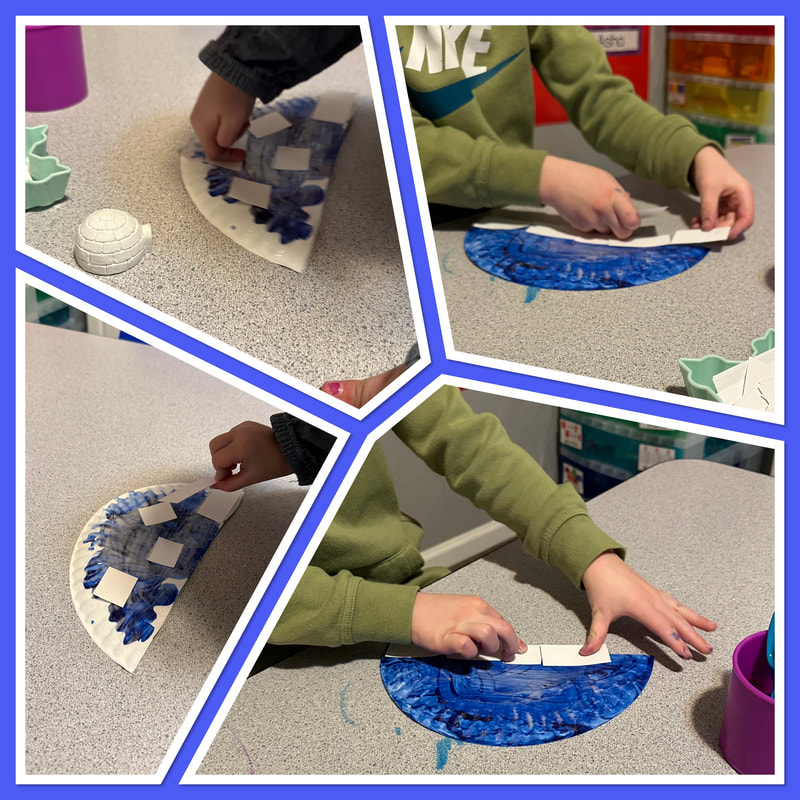
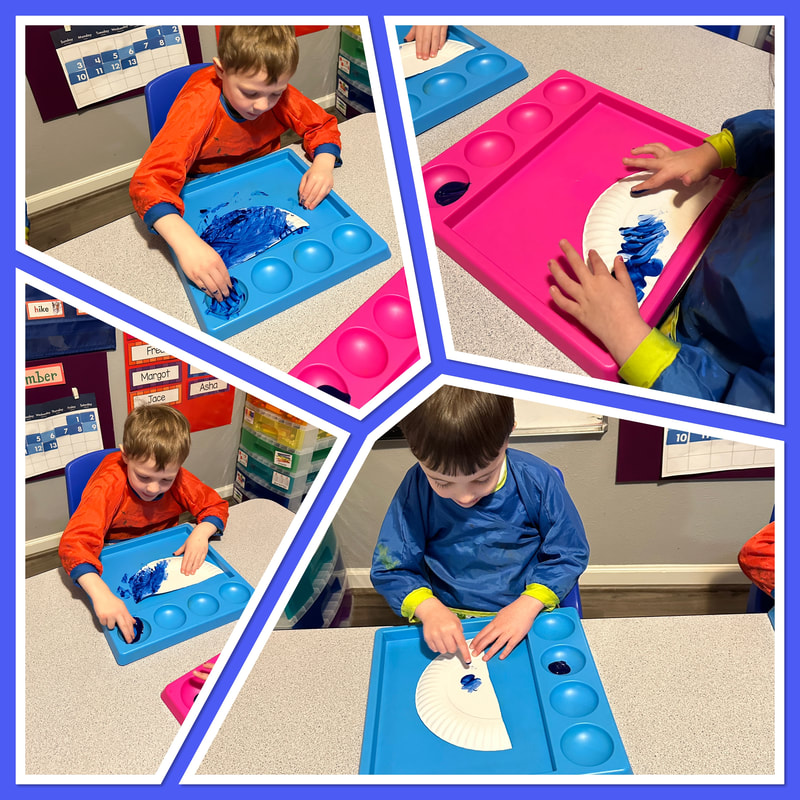
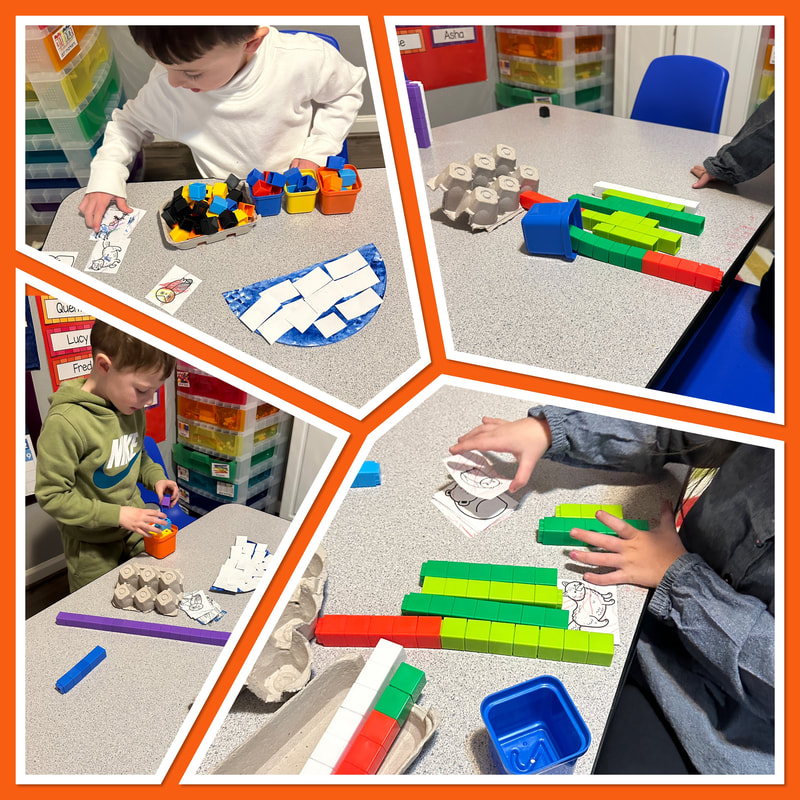
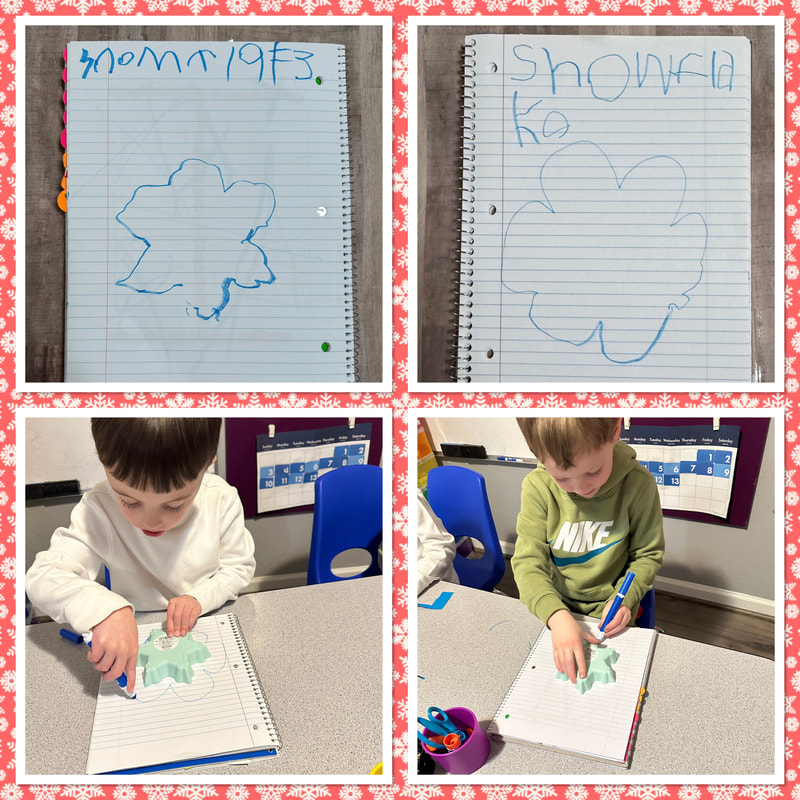
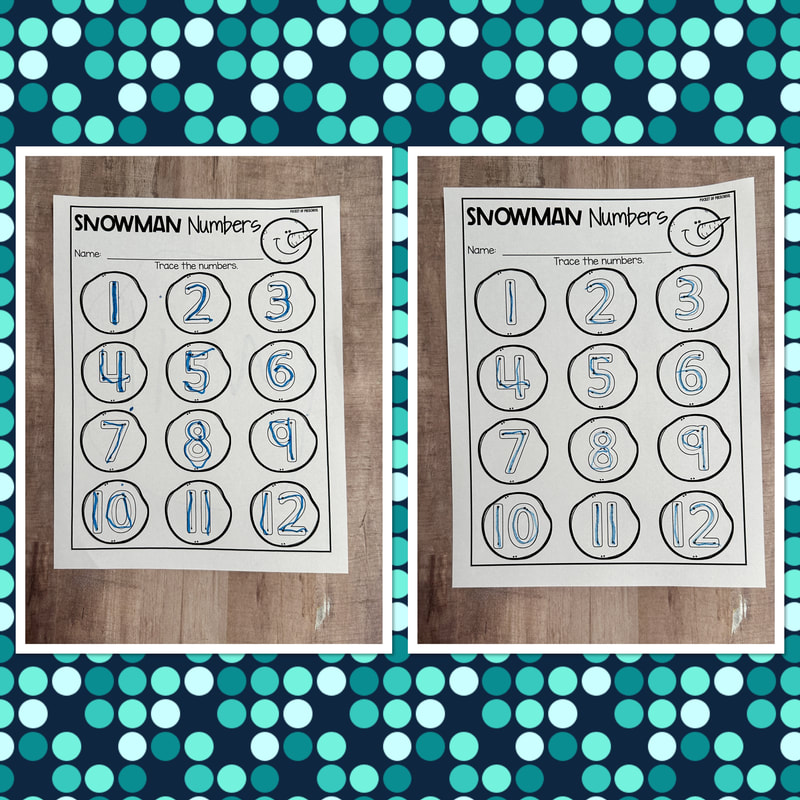
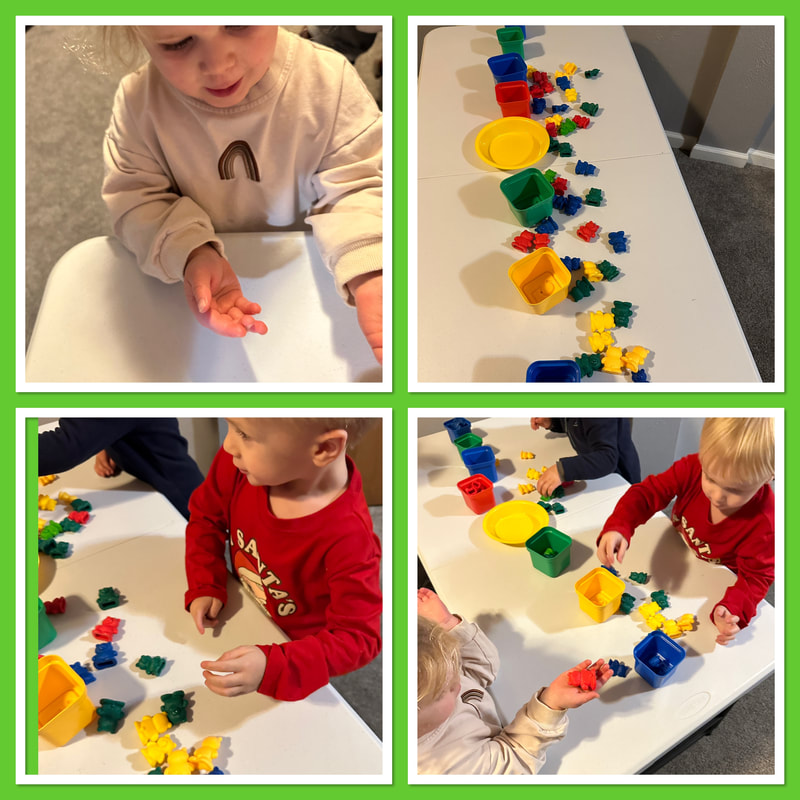
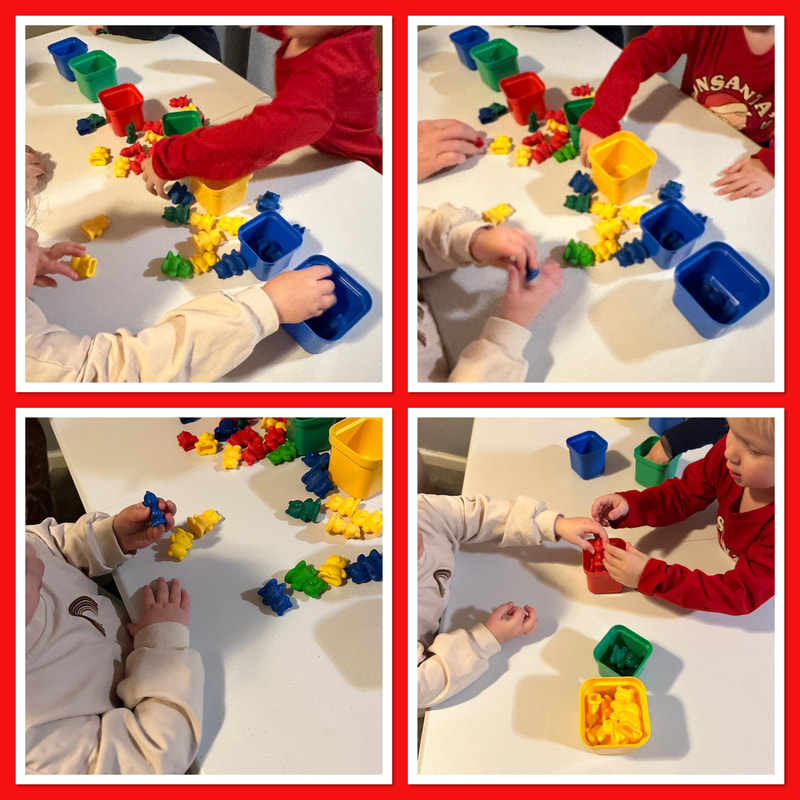
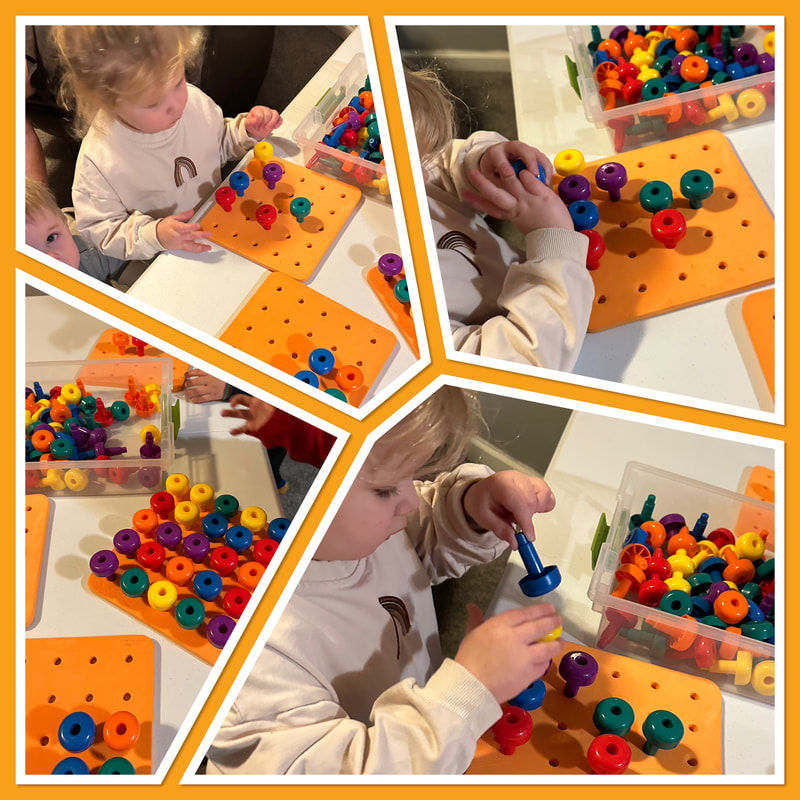
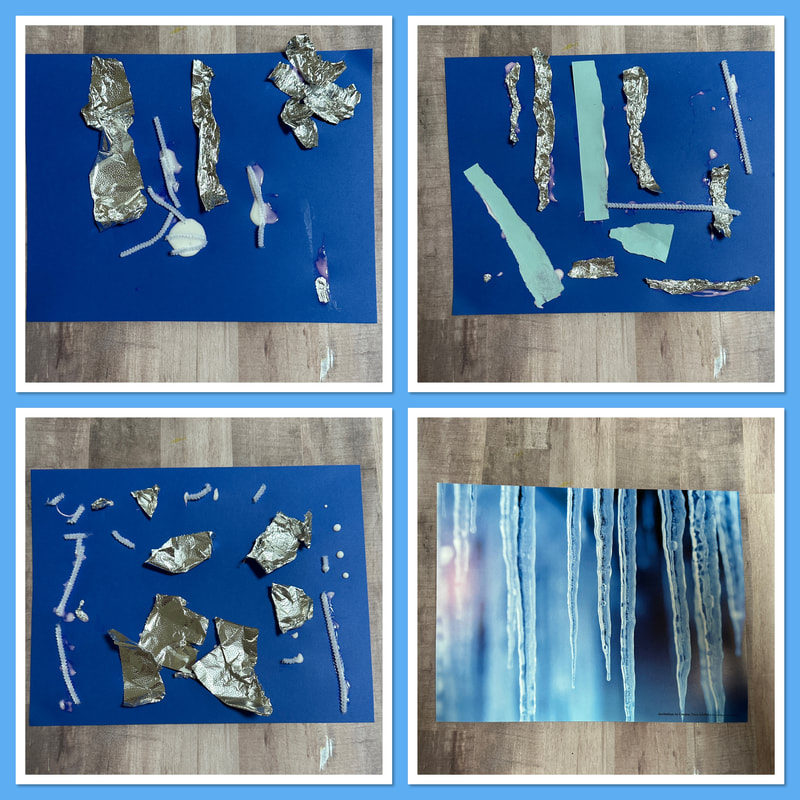
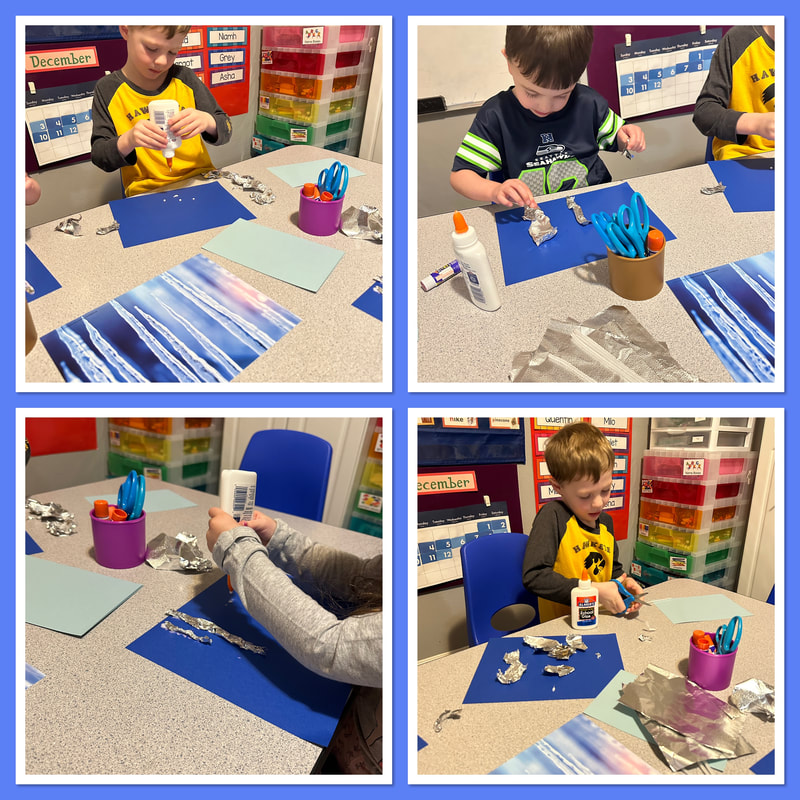
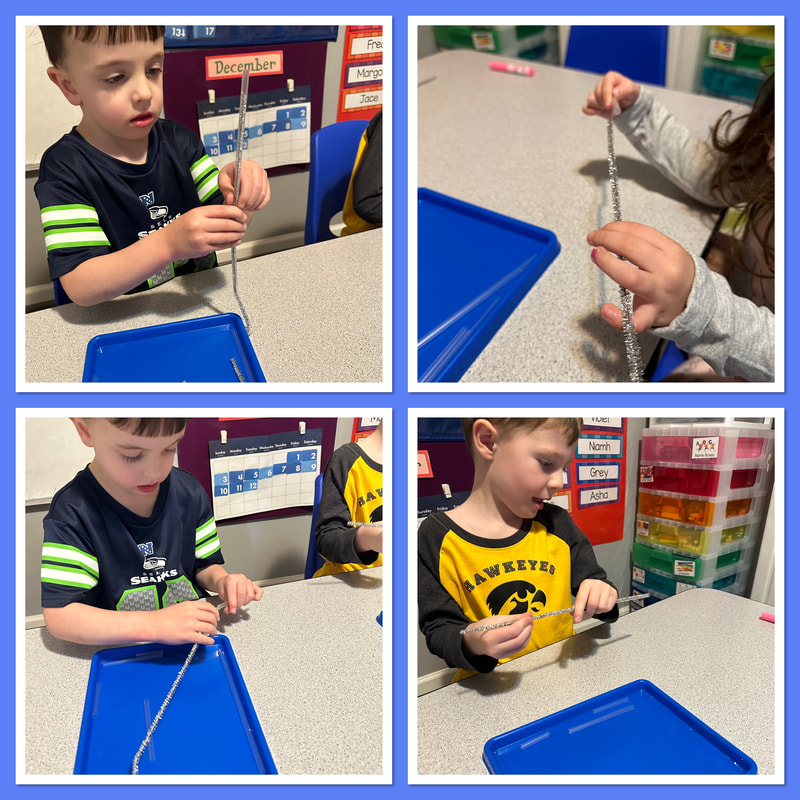
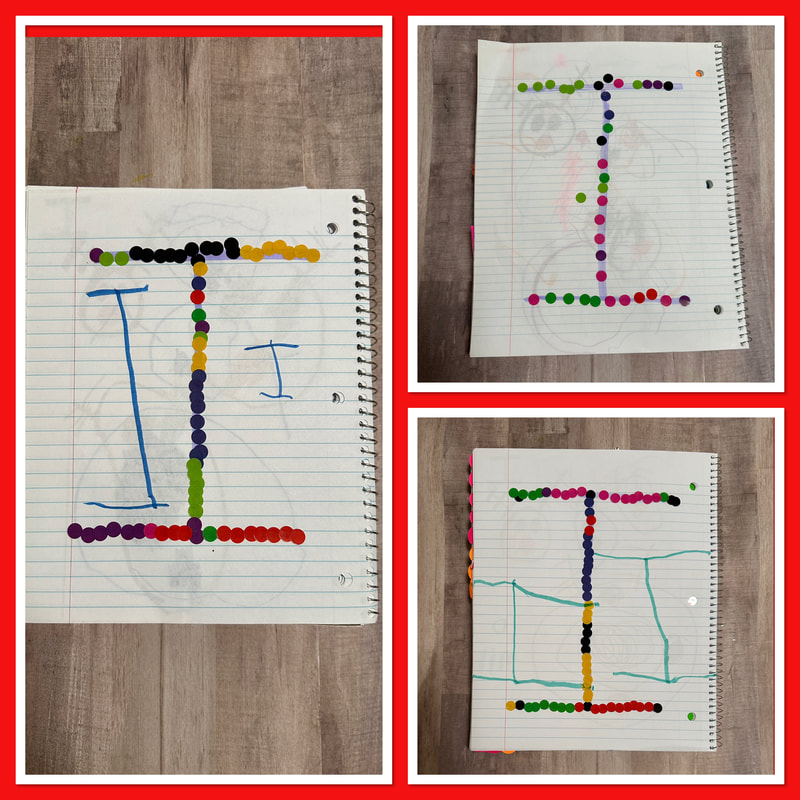
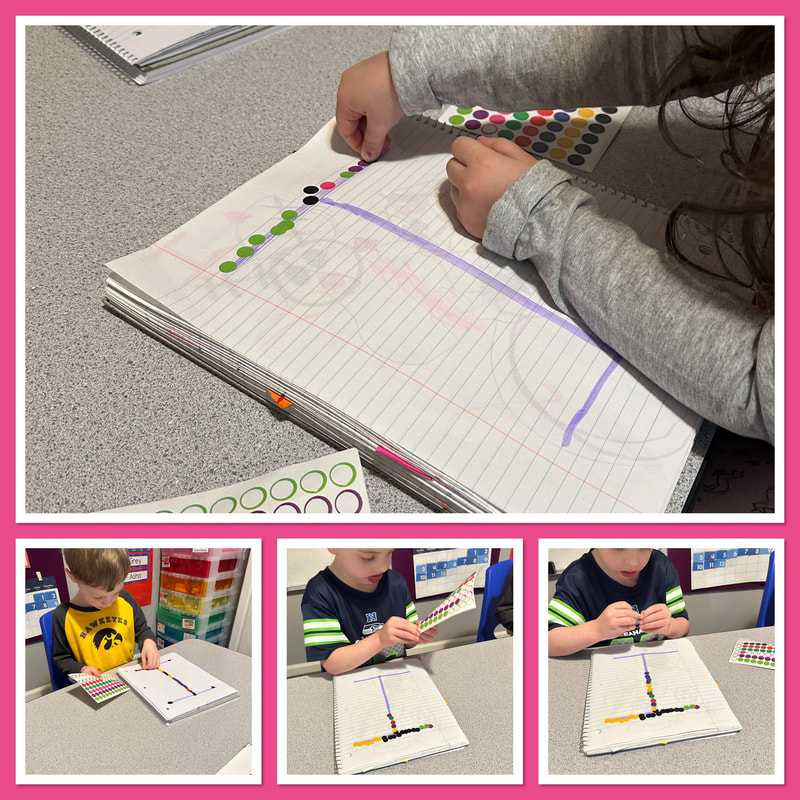
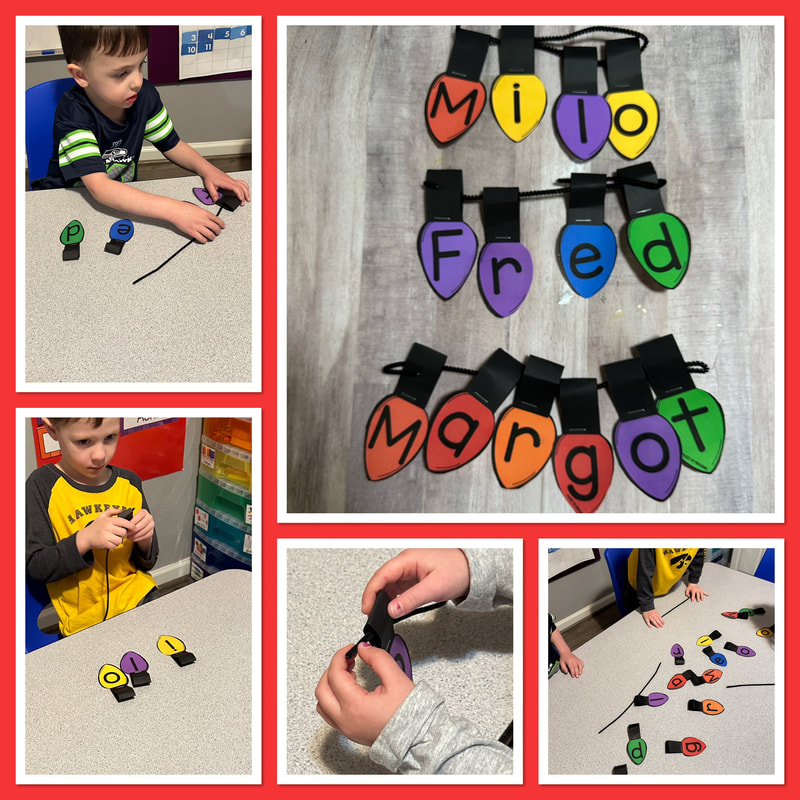
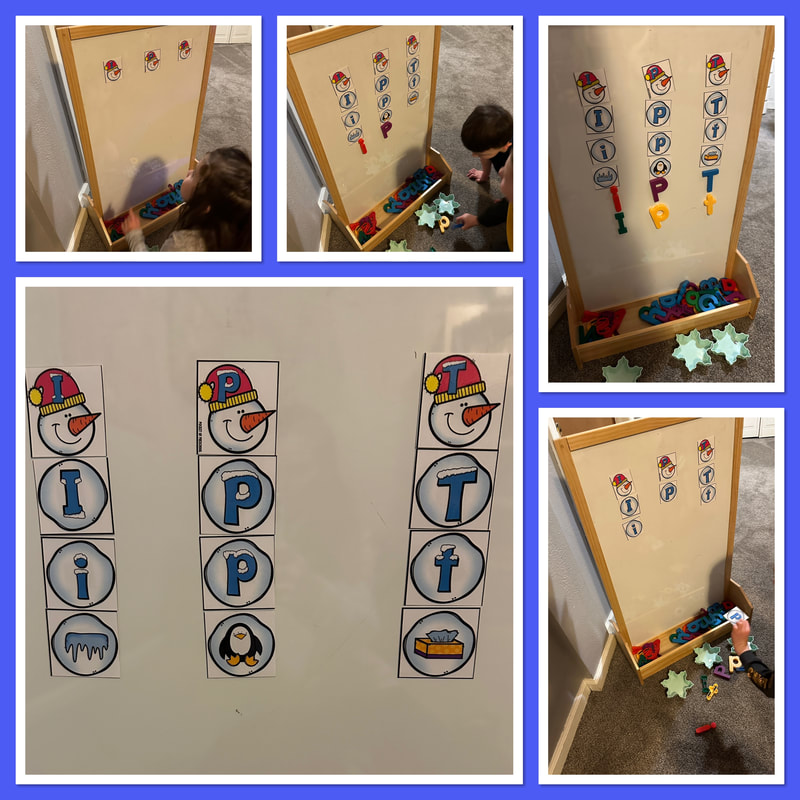
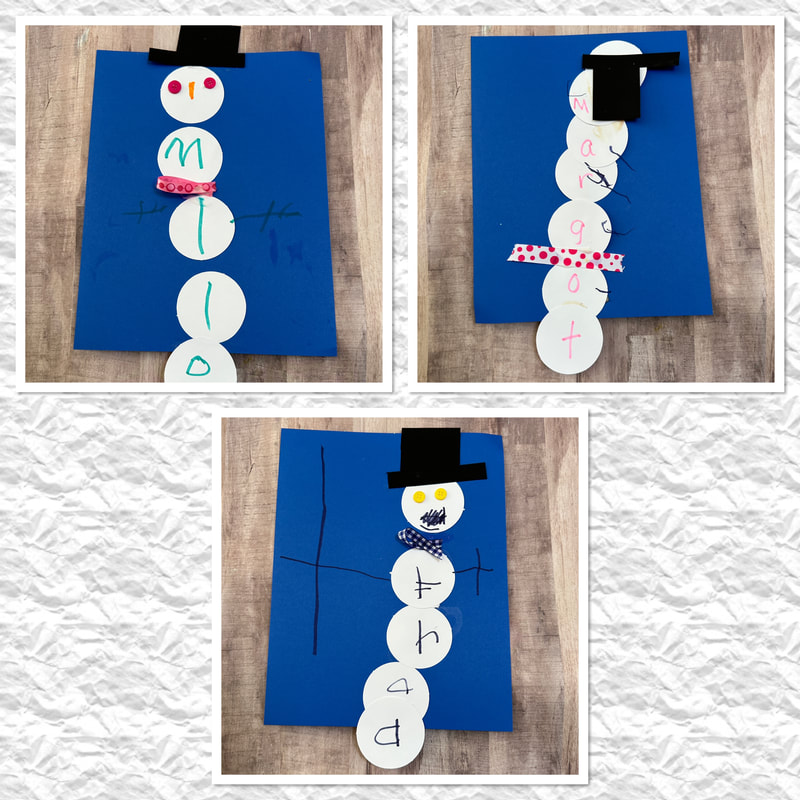
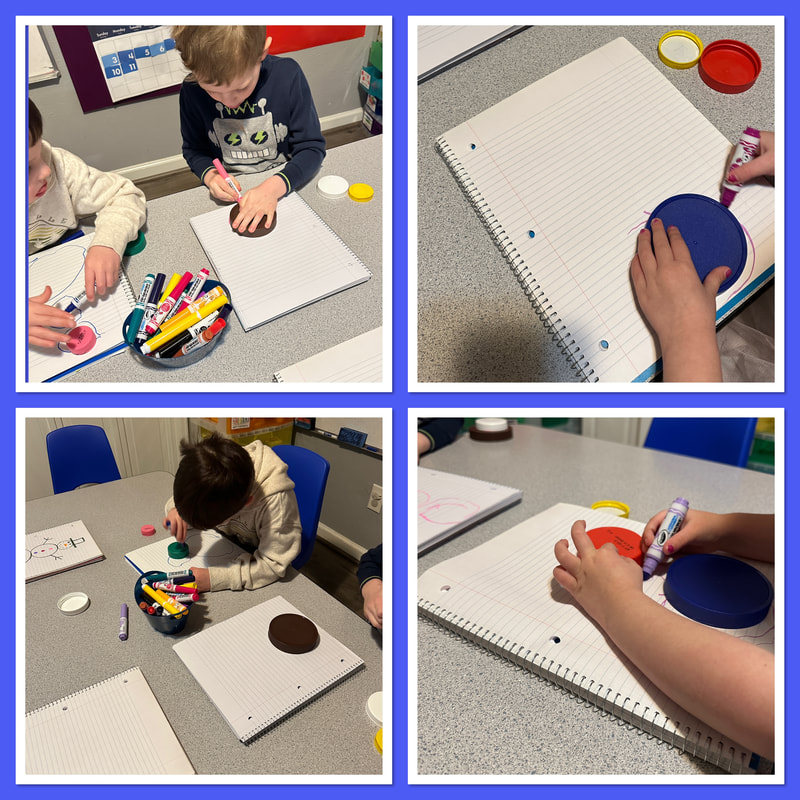
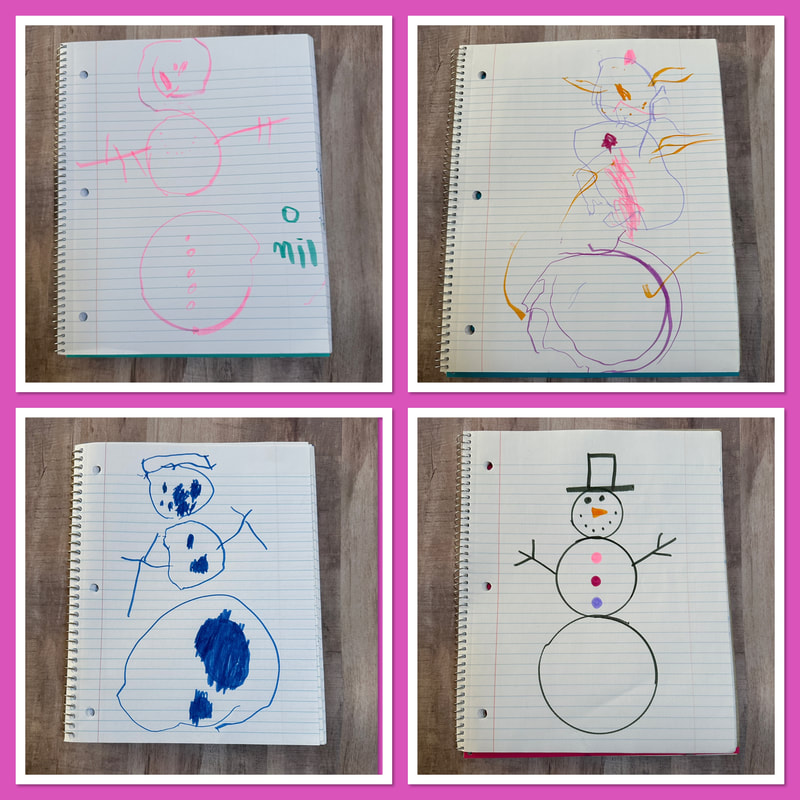
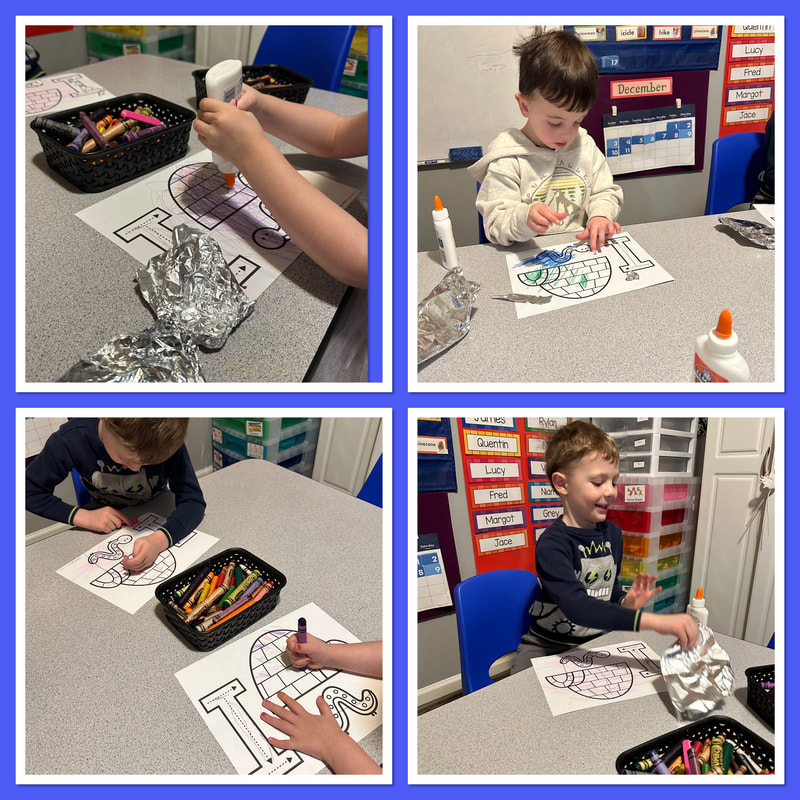
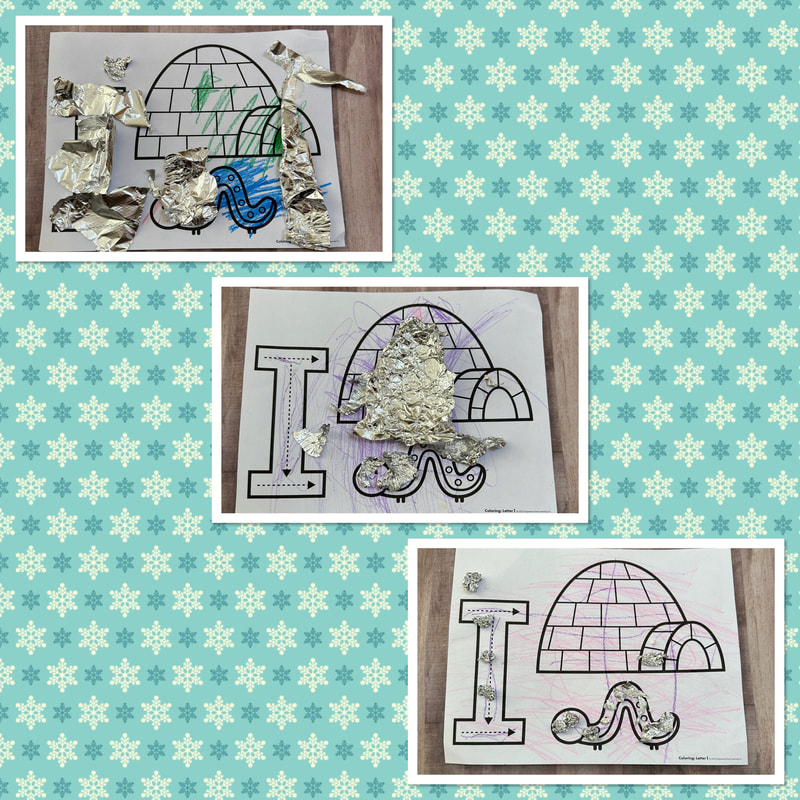
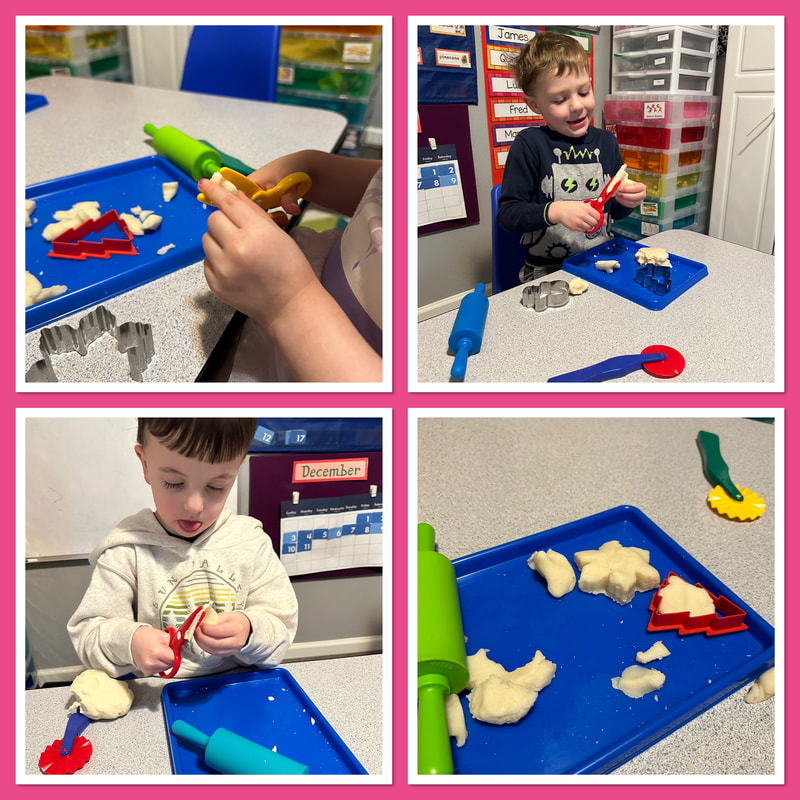
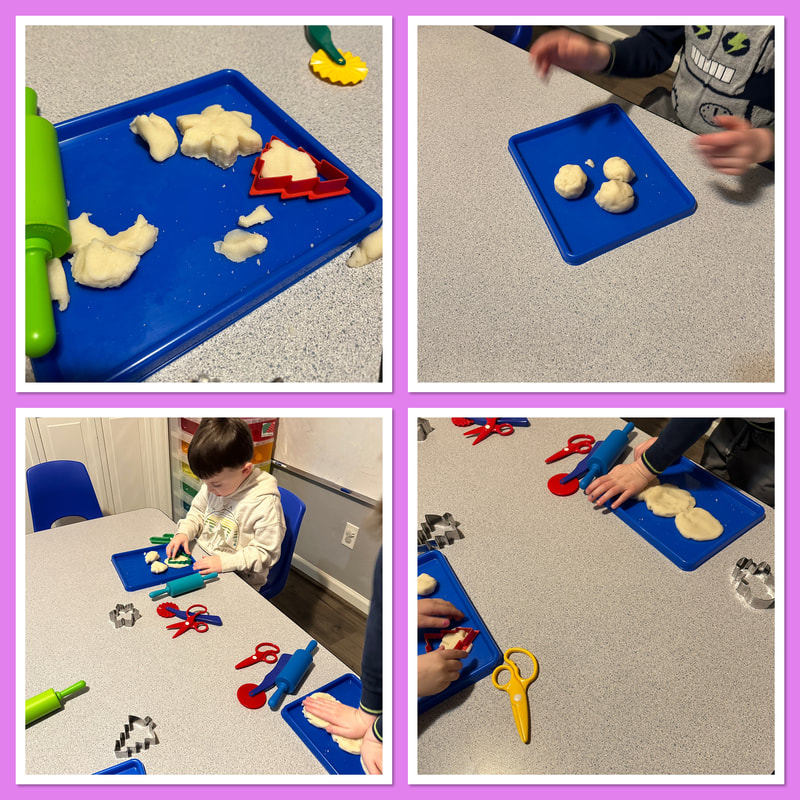
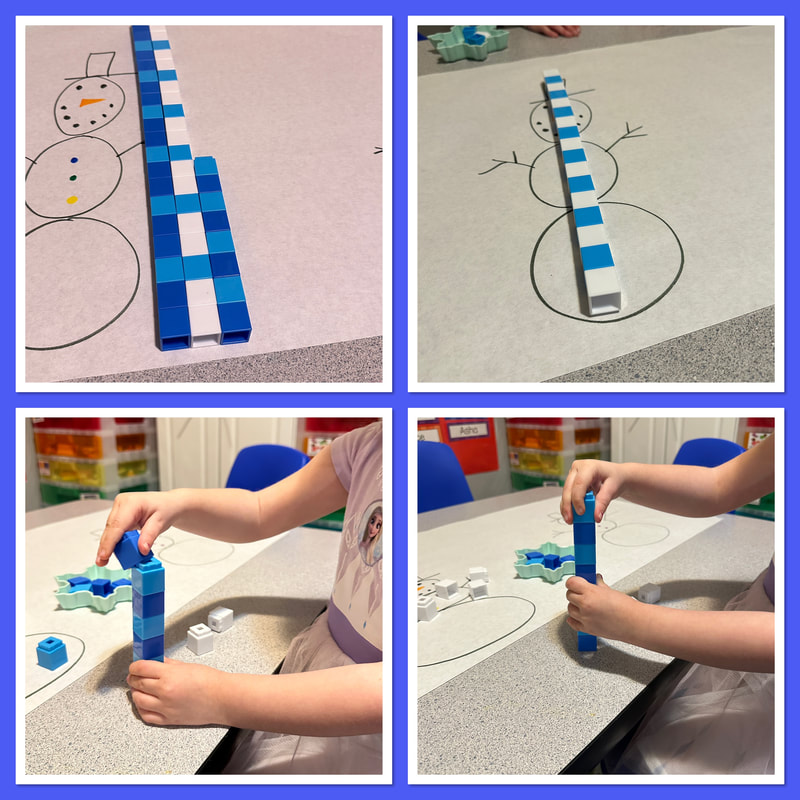
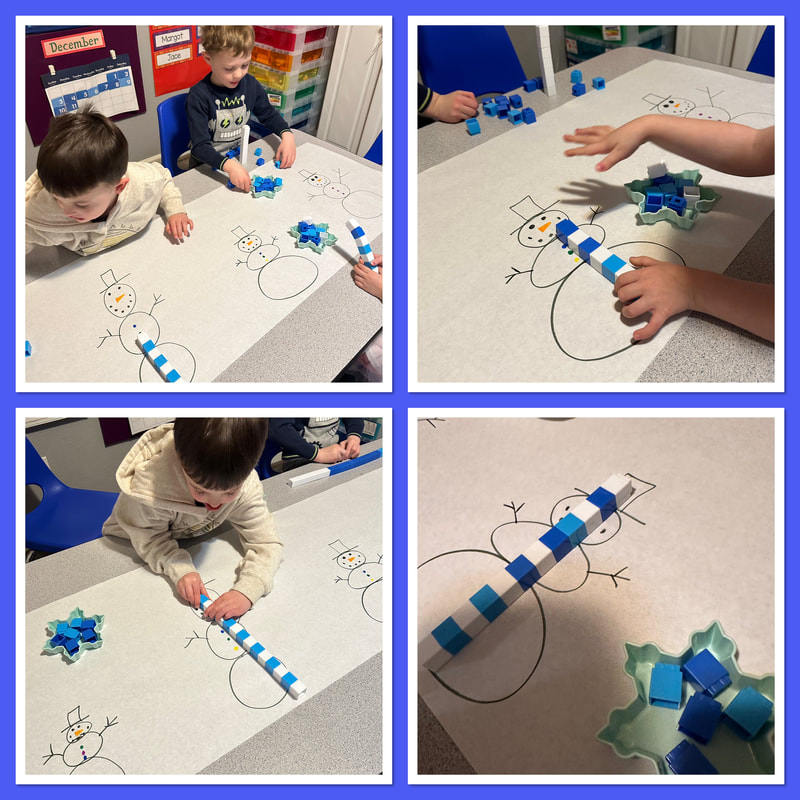
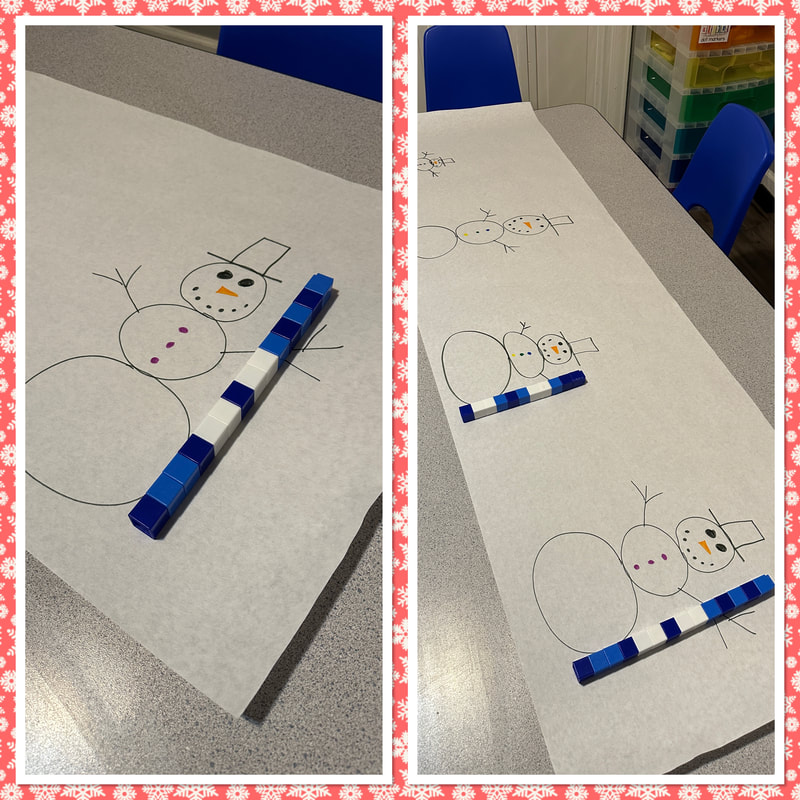
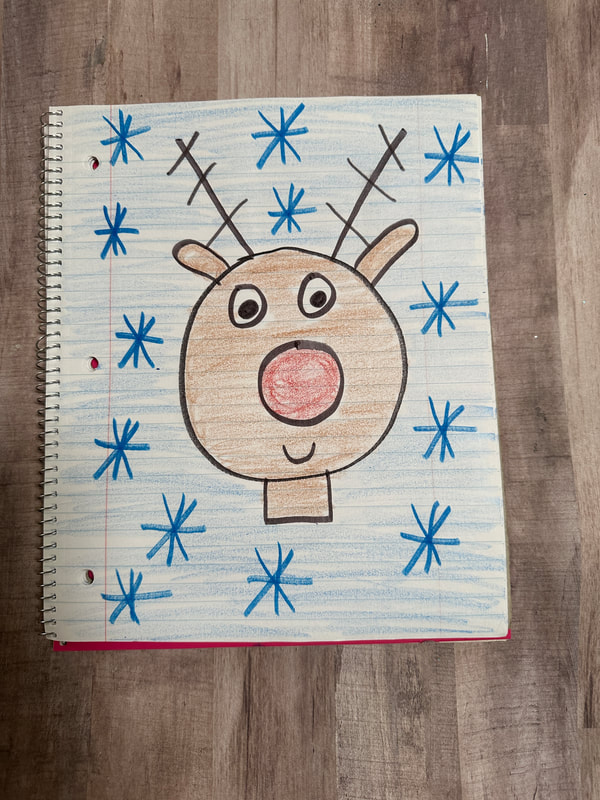
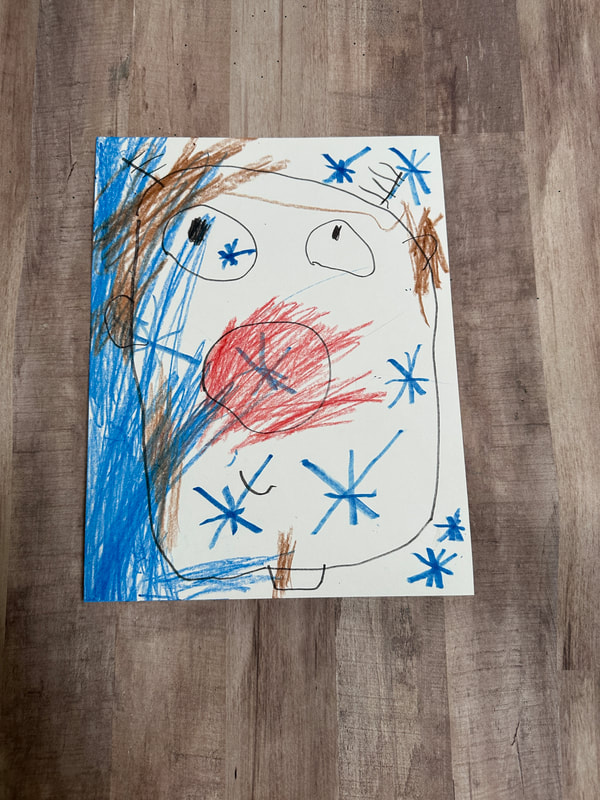
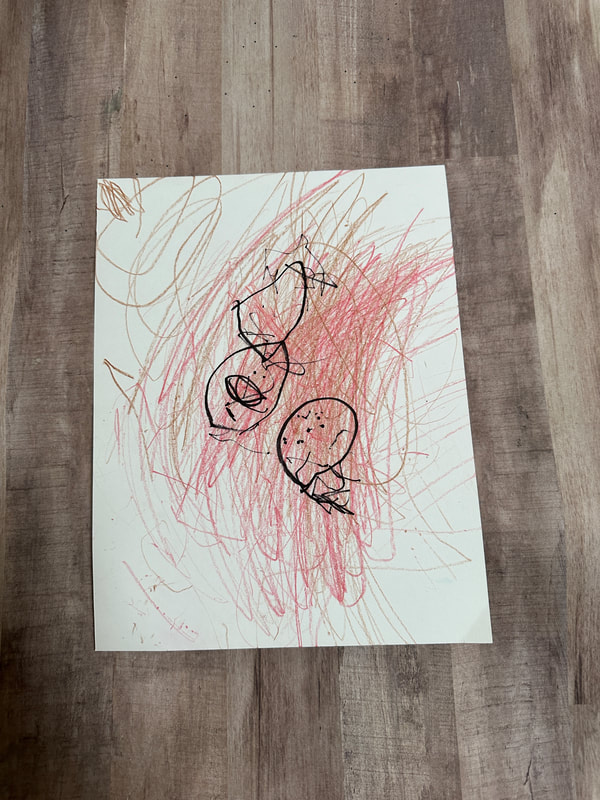
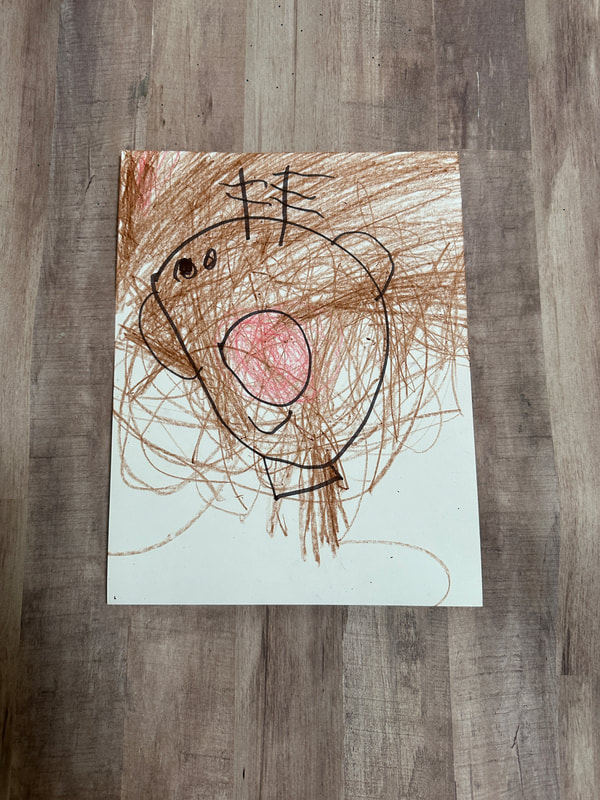
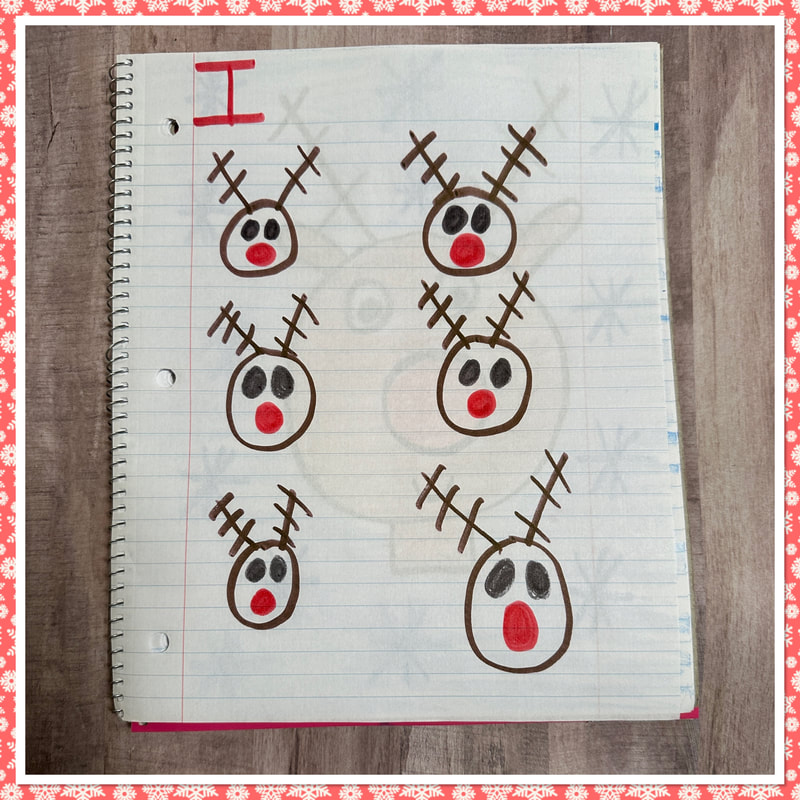
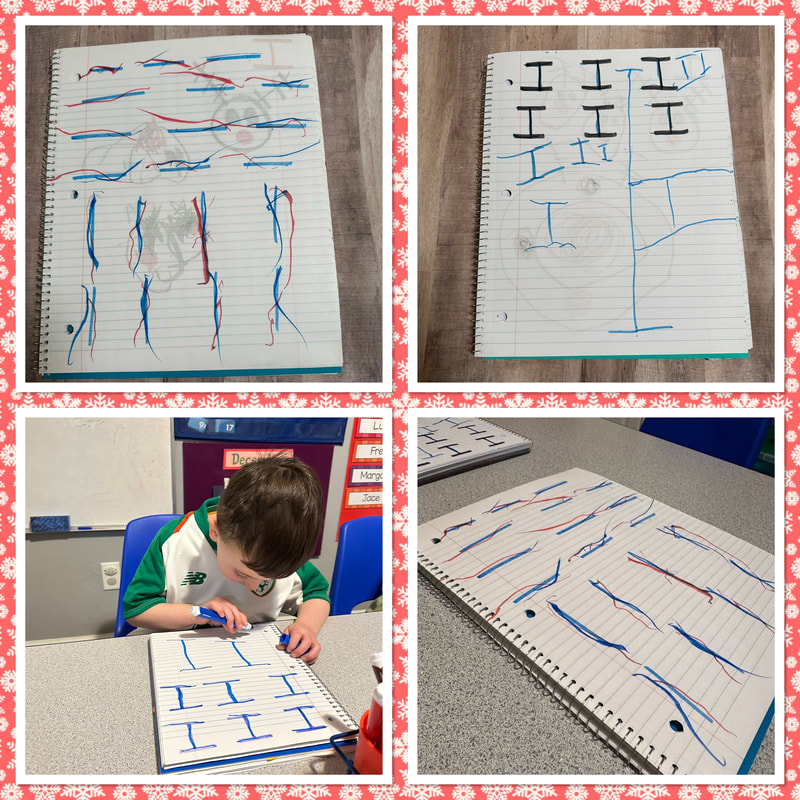
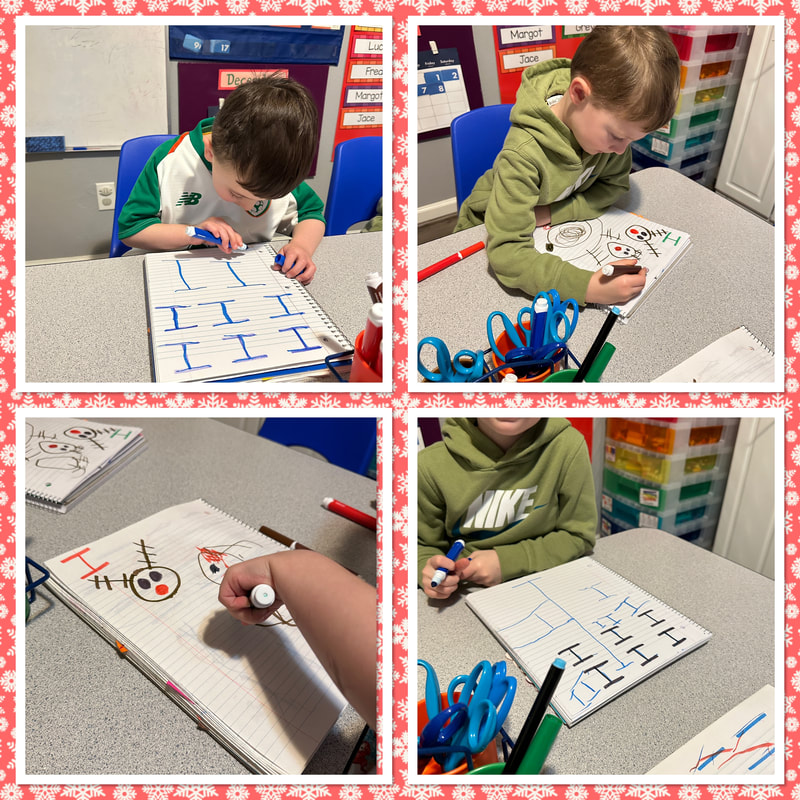
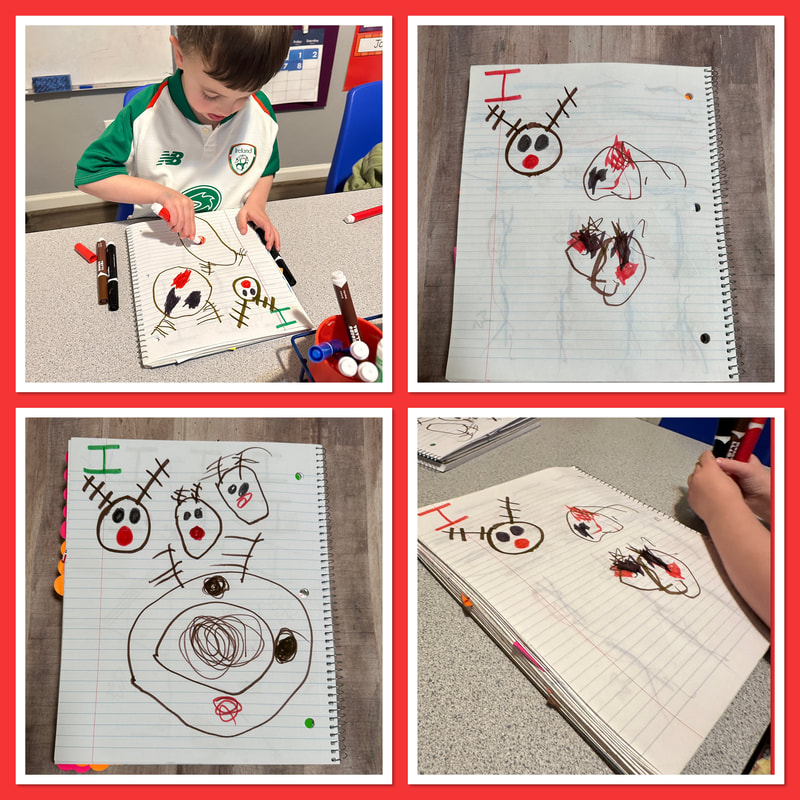
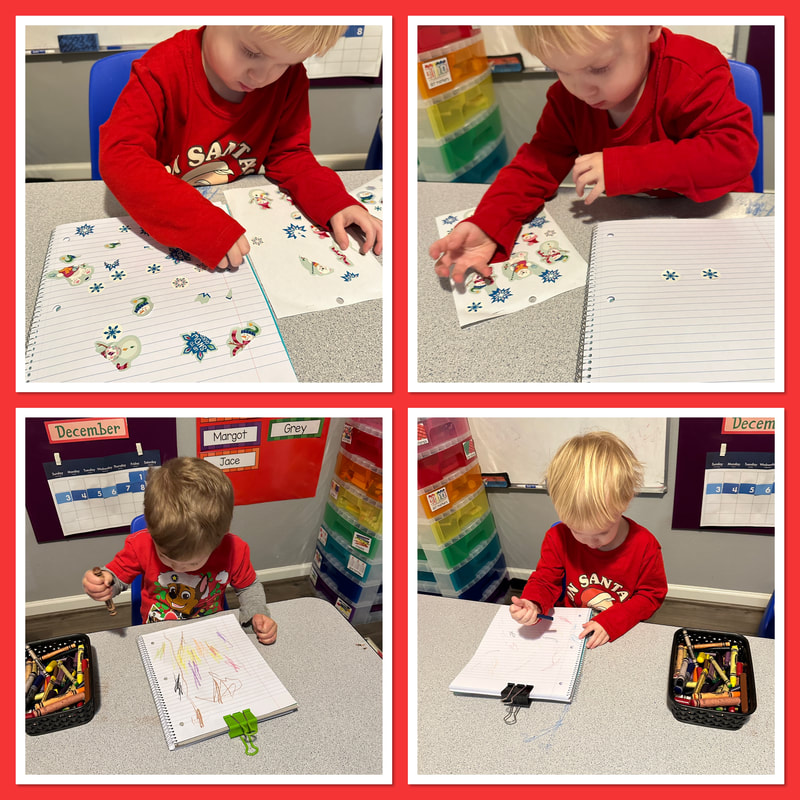
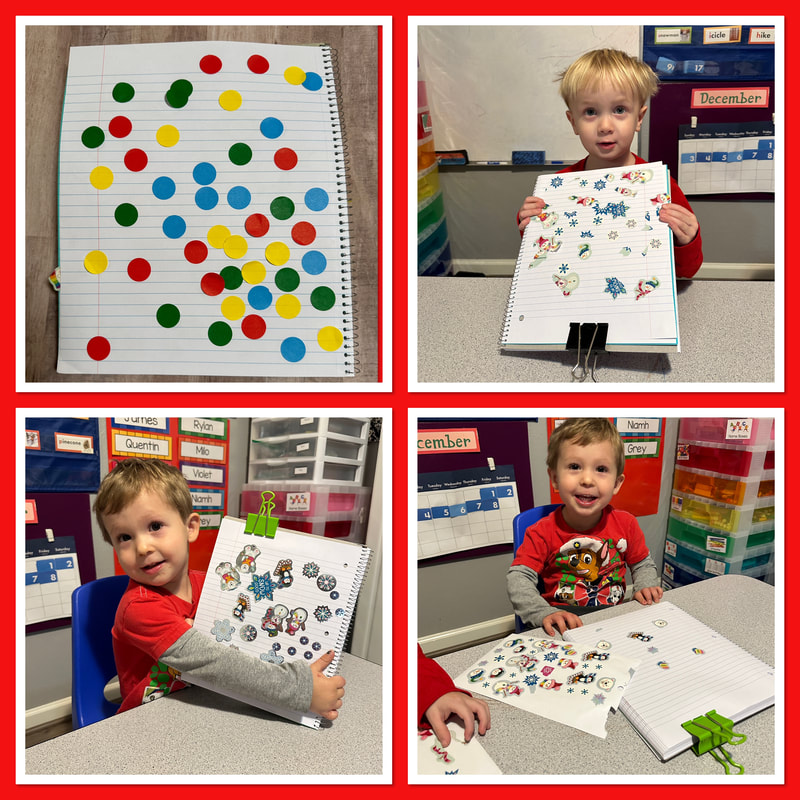
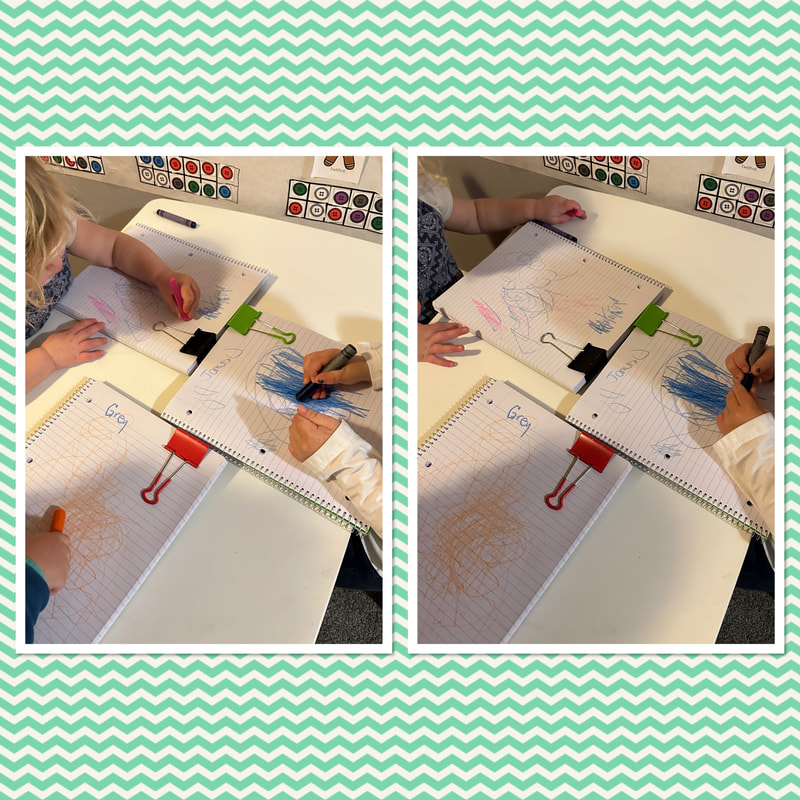
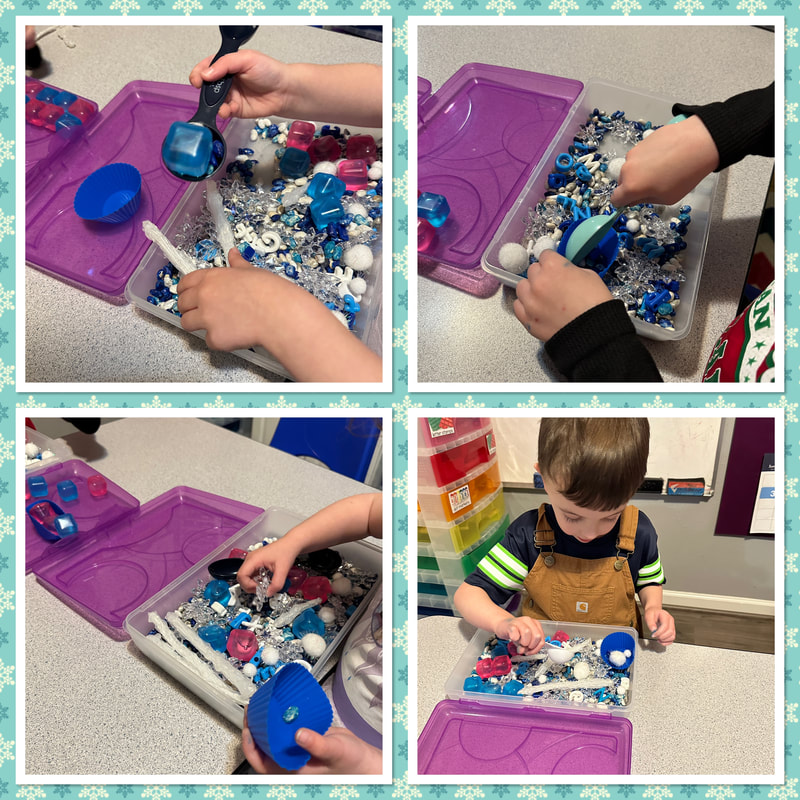
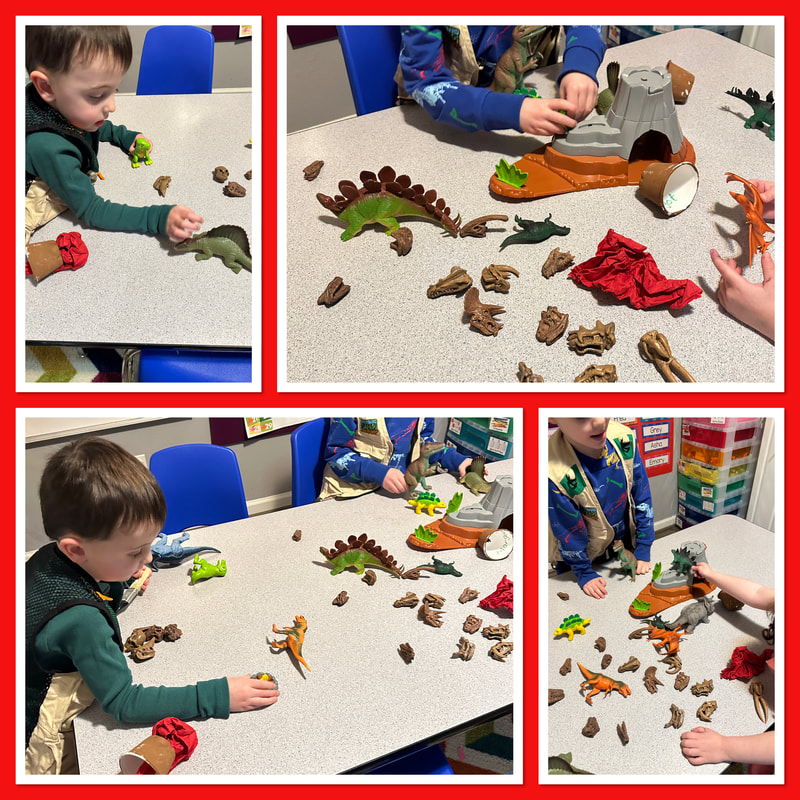
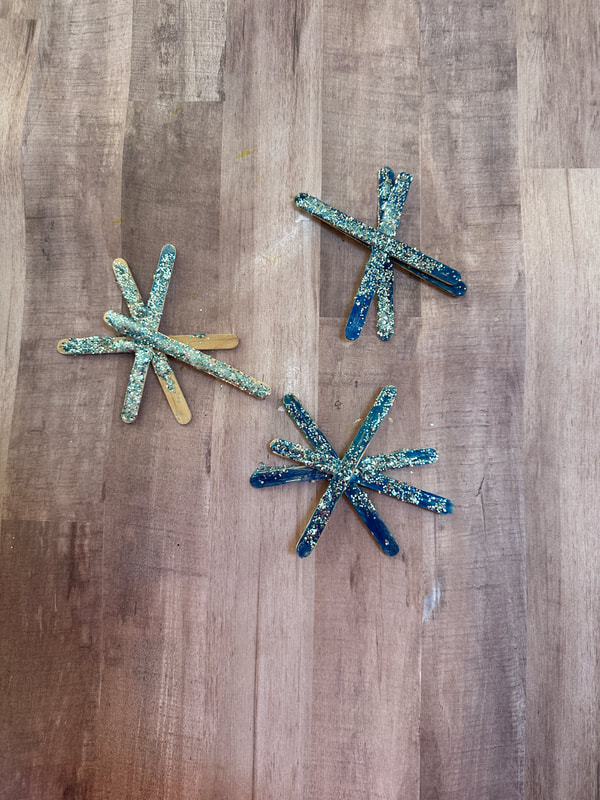
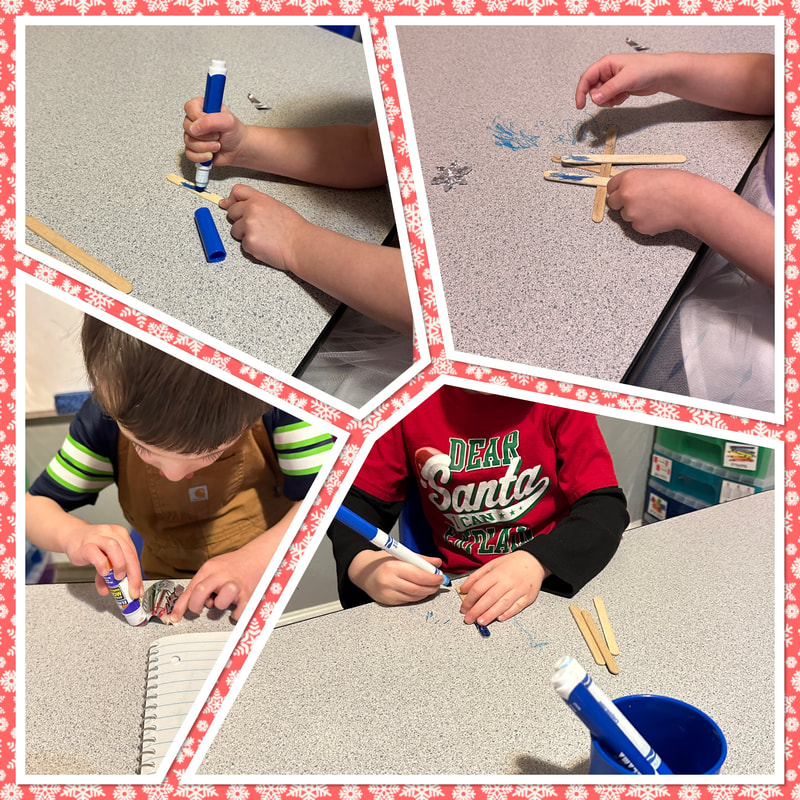
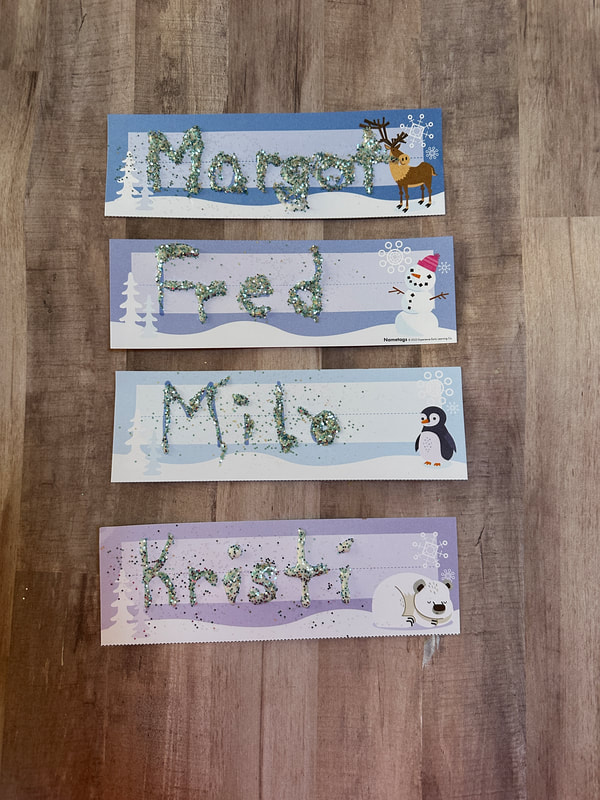
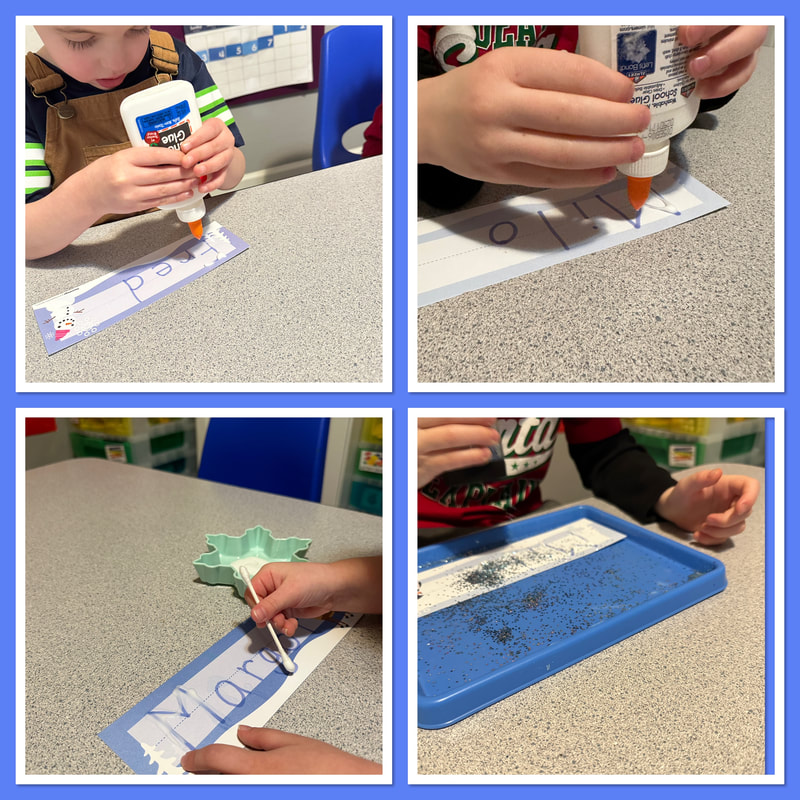
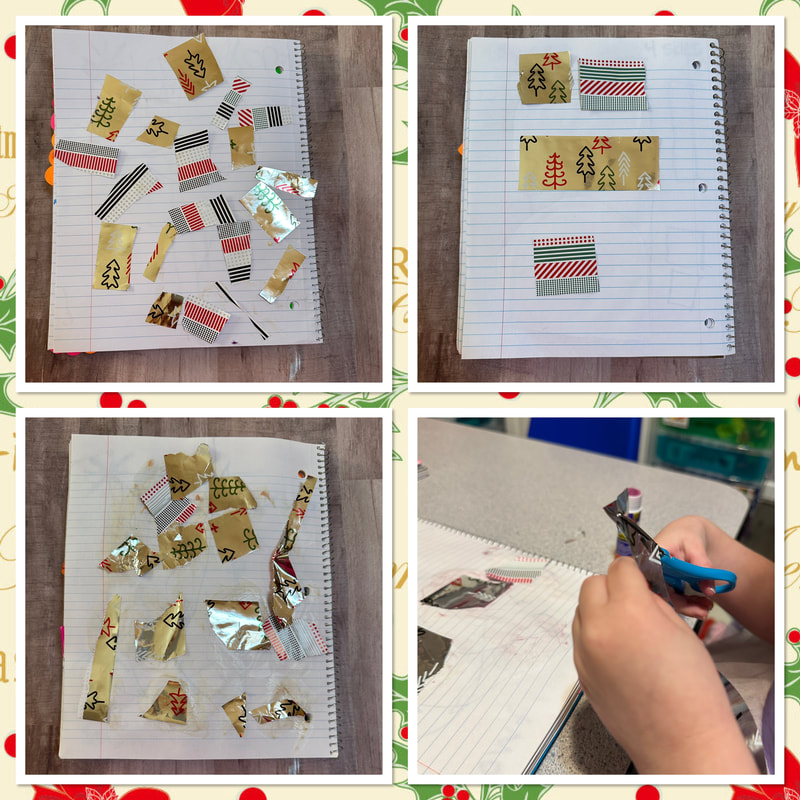
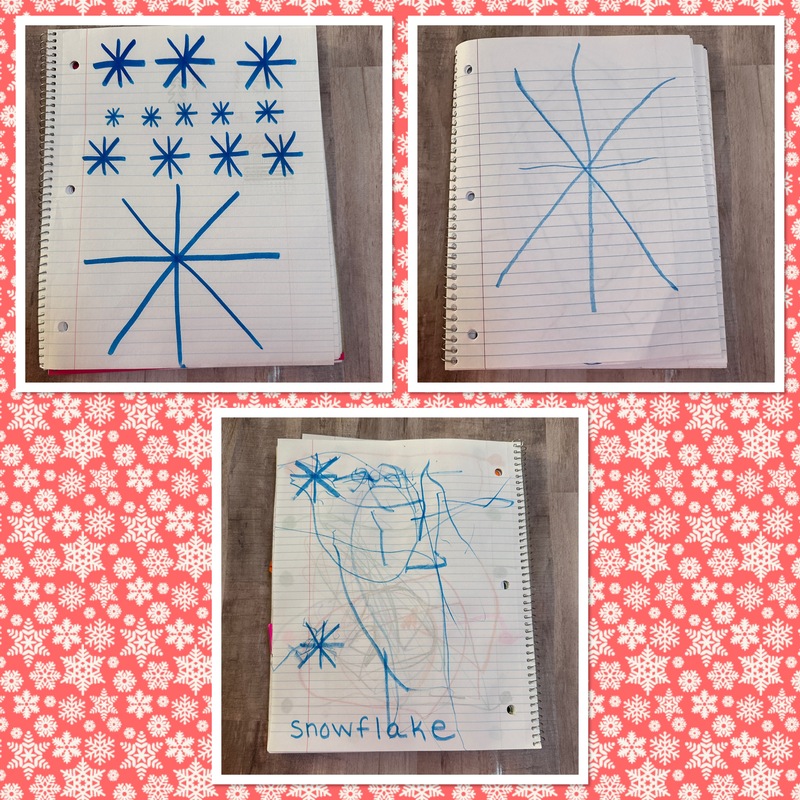
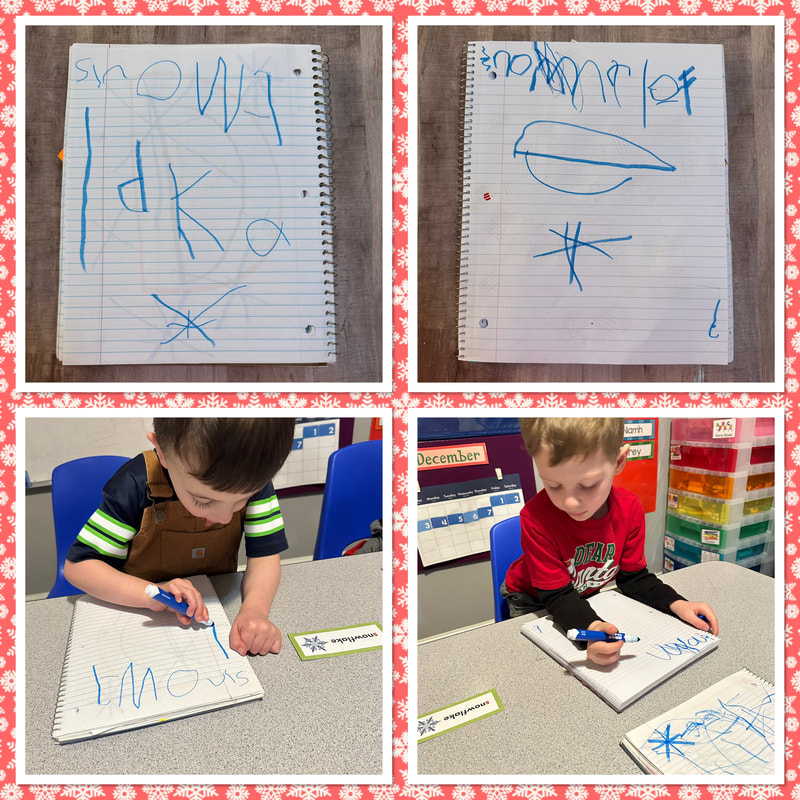
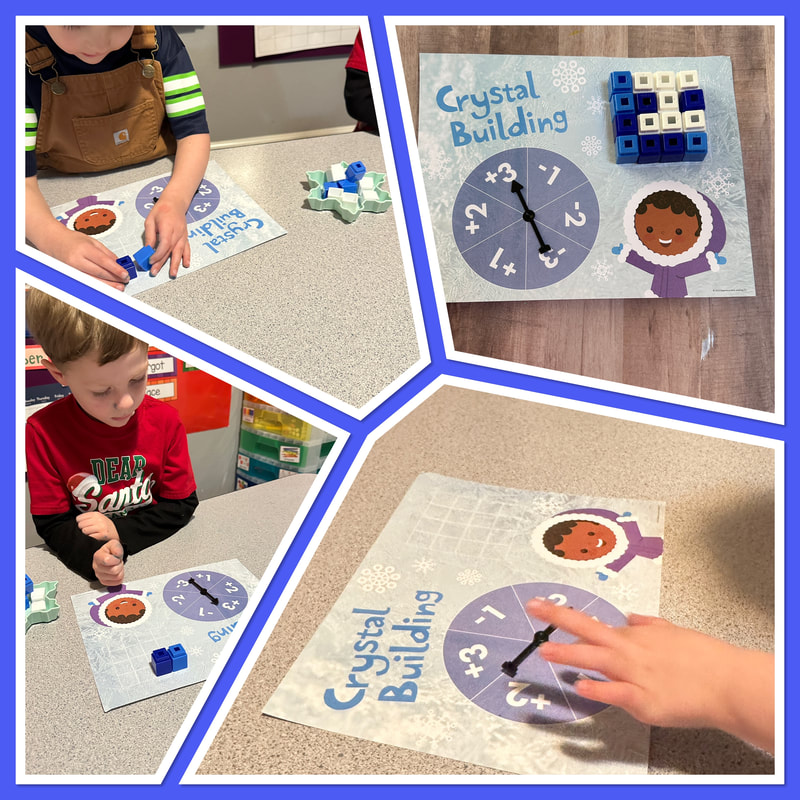
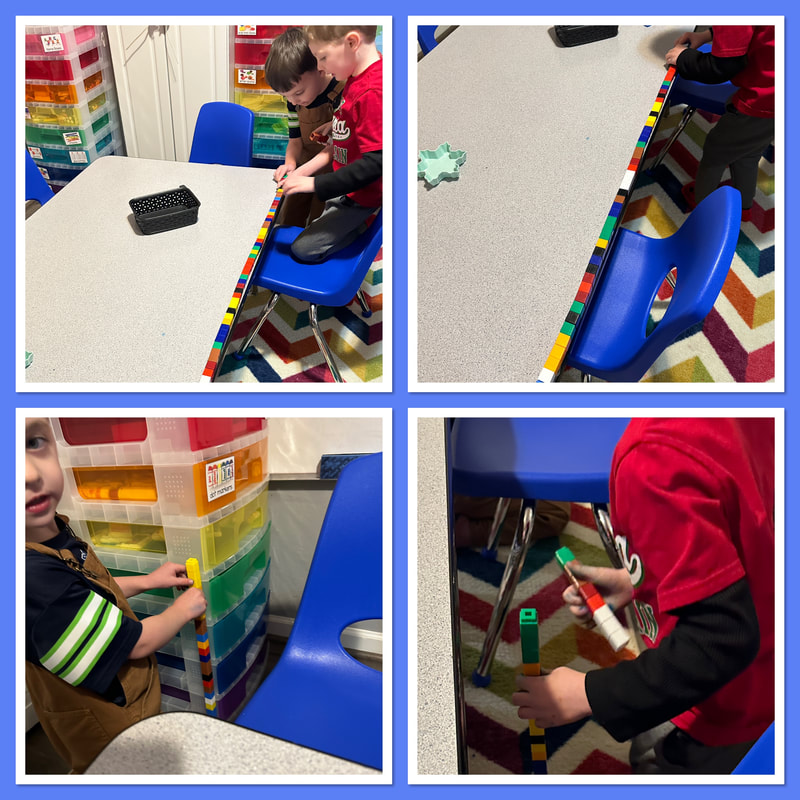
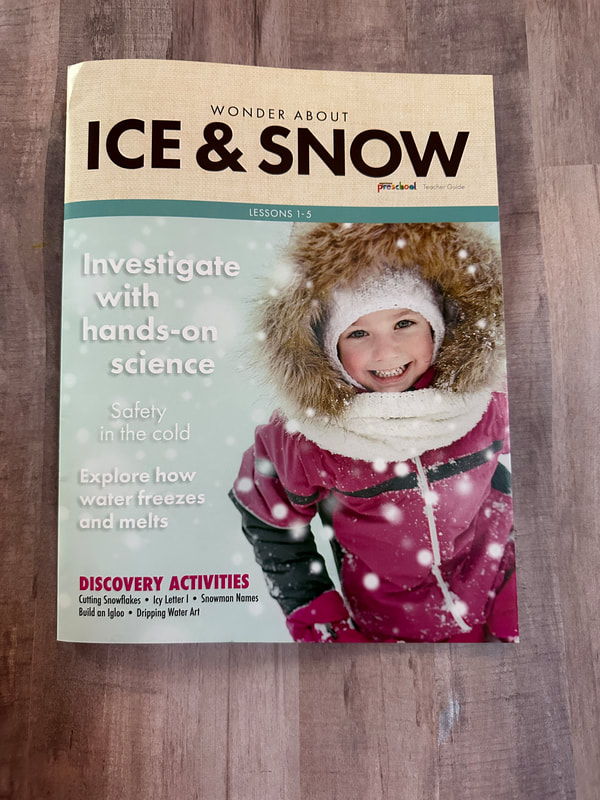
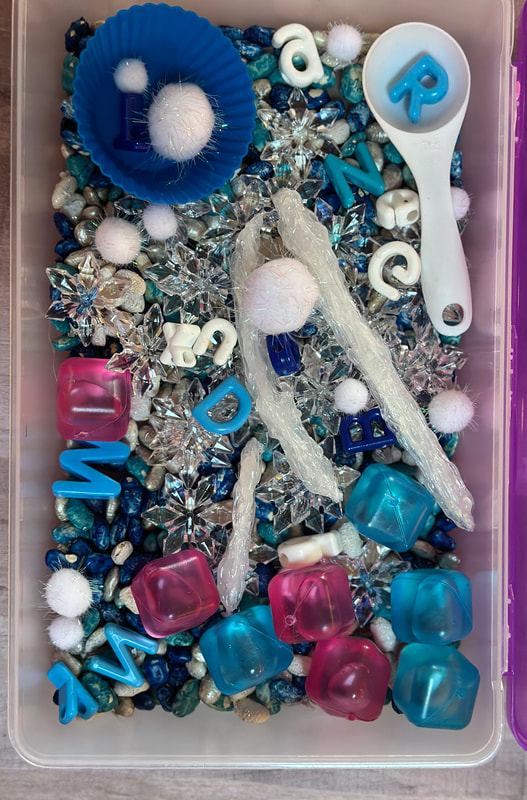
 RSS Feed
RSS Feed